The Independent's journalism is supported by our readers. When you purchase through links on our site, we may earn commission.
Coronavirus changed the world. Can it change humanitarian aid too?
Will the pandemic and Black Lives Matter movement push the international humanitarian system to finally implement the change it has talked about for decades, asks Jessica Alexander
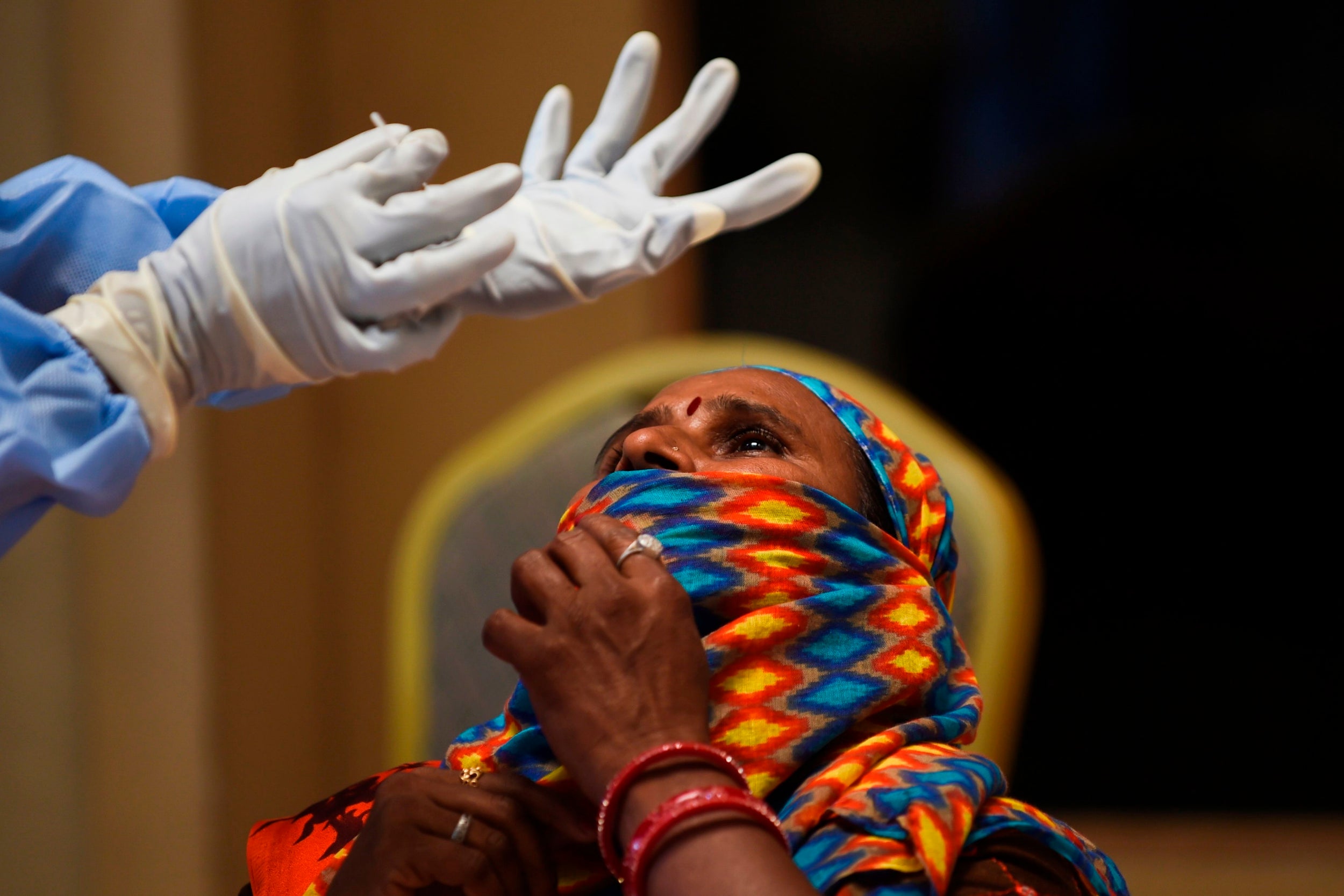
In late March, I was teaching a course on humanitarian affairs, meeting via Zoom with graduate students at Columbia University in New York. Coronavirus had already overwhelmed Italy, and neighbouring Switzerland, where I live, had just gone into lockdown.
We were discussing how the virus might impact places like Cox’s Bazar, Bangladesh, where as many as 1 million Rohingya refugees live across 34 ramshackle camps, in flimsy shacks that cling to the sides of deep ravines and valleys. We talked about how rudimentary health services wouldn’t be able to provide intensive care; how overcrowding would make the concept of social distancing preposterous; how the peak of the disease might coincide with the summer cyclone season, making it impossible for humanitarian workers to respond to both crises at once.
Students had many questions, among them: what would the international aid community, long used to parachuting into a disaster, even be able to do now that the world had essentially shut down?
As the global reach of the virus was becoming clear in late March and early April, humanitarians were trying to figure out what we could do, bracing for the impact the disease might have on some of the world’s most vulnerable places: refugee camps from Bangladesh to Greece; countries experiencing hunger and poverty amidst ongoing conflict, like Yemen and Mali; nations only starting to pull themselves out of conflict, like Sudan and Somalia. Wealthy countries with powerful states and strong health systems, like China and France, struggled to handle the virus; weaker countries were sure to suffer worse. The aid sector is now working to address these impacts with a $10bn plan for 63 countries – the largest single appeal in the UN’s history – to support programmes from health and sanitation to supplementary feeding and nutrition, mental health and the prevention of sexual violence.
In the refugee camps of Bangladesh, 54 Rohingya had tested positive for Covid-19 as of 6 July. Efforts by the refugees themselves, as well as local and international aid workers who have stayed in Cox’s Bazar, have kept the number of cases lower than first predicted – though many more cases may be undetected.
Now, in addition to the logistical and operational questions my students and humanitarians around the world were considering several months ago, a slew of existential questions for the aid sector are being raised by the “new normal” of Covid-19 – overwhelmed healthcare systems, grounded planes, crushed economies and forced changes to the very way we all live and work. They are spurred as well by the social unrest triggered by the Black Lives Matter movement in the United States.
Speaking from the UN headquarters in New York on 1 April, secretary general António Guterres called the coronavirus pandemic “the greatest test” the world has faced since the Second World War. For humanitarians, Guterres’ statement had a deeper meaning. It was in the aftermath of the Second World War that the UN was formed to safeguard global peace. The war had revealed the need for a multilateral institution that would work to promote social progress, better living standards and human rights.
The aid industry, as we know it today, was shaped by this common collective experience of war. Though groups like the Red Cross had been around since the mid-19th century, that moment saw the dawn of organisations dedicated to solving global problems of an economic, social, cultural or humanitarian nature. Independent and neutral institutions would go into a troubled country, ideally with skilled professionals, and not only bring shelter and deliver food, but offer solace – humanitarians were the ones who would sit down with people, have tea, help.
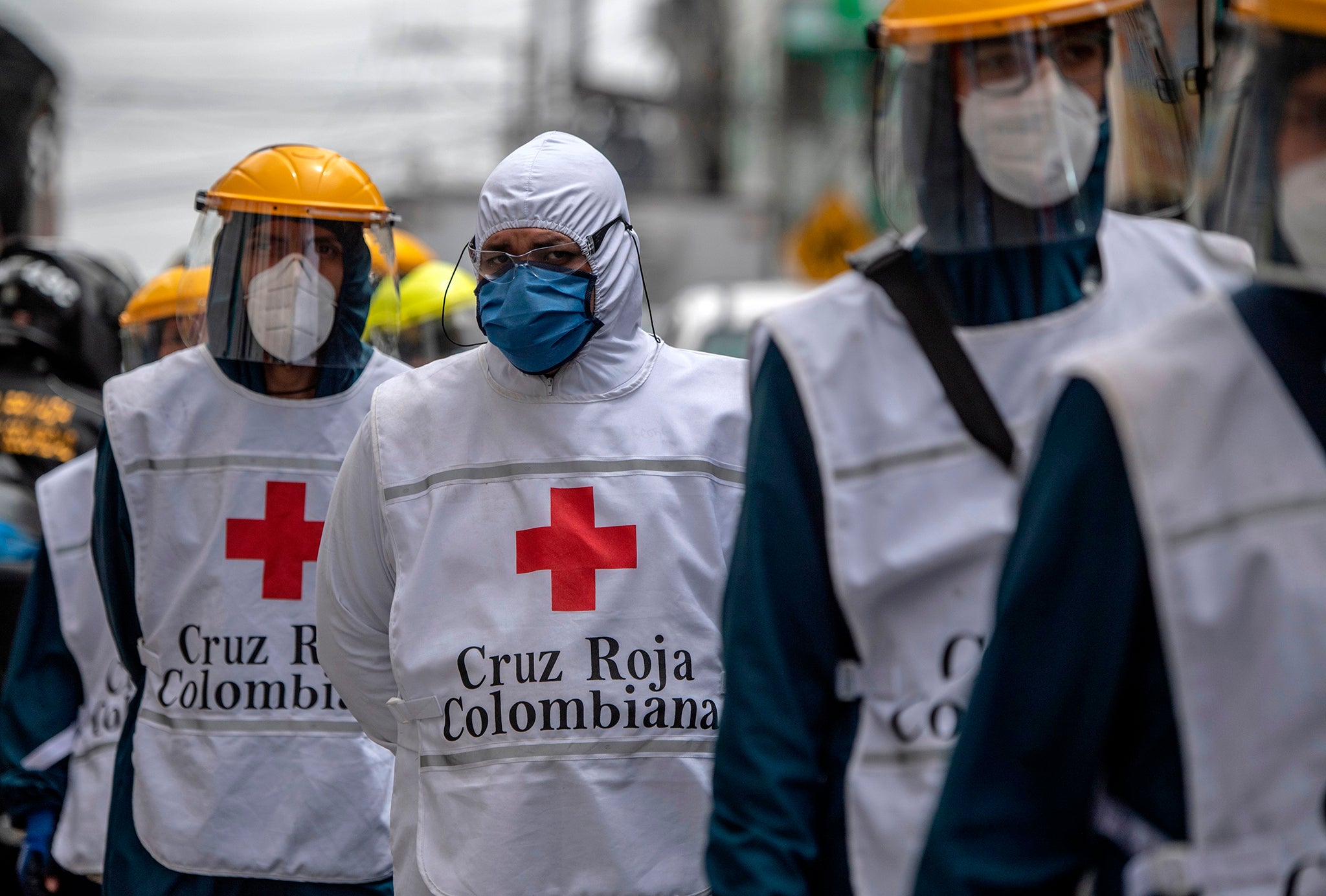
The intention was good – being of service to the communities in need. The underpinning values were universally agreed upon, too: a common drive for health, safety, dignity. But the means by which the system has gone about achieving those goals – premised largely on using western and northern-dominated institutions to dictate how poorer countries solve their problems – have been objectionable to many. Voices are now being raised within the aid sector and beyond, amplifying those objections, revolting against top-down power structures and demanding change. At the same time, the coronavirus pandemic has flipped aid’s business model – deploying hundreds of outside experts to move in and assist – on its head.
The question my students will need to consider as they embark on their careers in the humanitarian sector – and as my colleagues and I continue ours – is: does this moment demand a new conception of “aid” altogether? And can the industry finally acknowledge that while the premise upon which it was founded remains noble and necessary, the structure itself risks being rendered obsolete?
‘Crises are moments of change’
The aid sector confronting these questions is not only very aware of its past failures but has made countless reforms and grand promises to correct and improve itself. But change has not come easily. As John Mitchell, head of the Active Learning Network for Accountability and Performance (ALNAP), the leading organisation dedicated to research in the sector, disappointingly noted in his opening address at their 2017 annual meeting, modifications have resulted in “limited, ad hoc or sometimes opportunistic changes. There may be shiny new toys inside the toolbox, but at the same time in spite of our efforts we still can’t make big shifts in the status quo.”
Before, most aid workers were just motivated by a moral desire to do good. But gradually we saw our role not simply about distributing aid in a charitable way, but about being there to protect vulnerable people. Our identity as professionals began to grow. That was a major change
Today’s pandemic offers the sector an opportunity to break that trajectory. “Crises are moments of change,” Alice Obrecht, the head of policy for ALNAP, says. “They make it impossible to act in the way you were acting before.” To understand where we might go from here, a look back at how the aid sector has changed – grown up, really – over the past 25 years is helpful: from the Rwanda genocide in 1994 to the 2004 Indian Ocean tsunami; from September 11 2001 to 2013’s Typhoon Haiyan in the Philippines, and then the 2015 surge of refugees across the Mediterranean, humanitarianism has helped pick up the pieces and allowed people to restart their lives.
Each event revealed flaws in aid’s methods but also inspired its evolution: increased professionalisation and accountability; better coordination of aid groups large and small; adjustments to new security restrictions brought about in a world changed by 9/11; alienation born of bureaucratisation; hypocrisy exposed by working inside richer donor countries that fund much of aid around the globe; and recognising the arrogance of its very presence in places capable of making decisions about their own fates. What was once a ragtag, loosely organised group of small organisations bound by a charitable ethos is now a sprawling multibillion-dollar industry of highly skilled professionals who are so reflexively self-critical that they often lament their own identity and purpose.
The soul-searching feels more urgent this time, though. Covid-19, as Guterres suggested, represents another historical turning point for the humanitarian sector. If the Second World War brought us the United Nations, what will coronavirus – and the subsequent social unrest – bring?
1994, Rwanda genocide
A push towards professionalism
On 6 April 1994, Daniel Augstburger was asleep in Geneva when he received a call from the head of delegation of the International Committee for the Red Cross (ICRC) Kigali mission. The plane carrying Juvénal Habyarimana, the then Hutu president of Rwanda, had been shot down. At the time, Augstburger was heading ICRC’s Rwanda desk at the Geneva headquarters.
“We exchanged one word,” Augstburger recalls. “Masada”, referring to the ancient mountaintop in Israel where besieged Jewish rebels are said to have chosen suicide so as not to be overtaken by the Romans. “That was the first image that came to my mind,” he says, “the Tutsis all alone on that rock, being attacked.”
The tension inside Rwanda had been brewing for months, and Augstburger knew that no one would be coming to the Tutsis’ or moderate Hutus’ rescue. During the genocide that did indeed follow, the ICRC was one of the only humanitarian organisations to stay in the country. ICRC’s team, assisted by Médecins Sans Frontières (MSF), oversaw a surgical ward in Kigali that tried to “put the pieces of people brought in by wheelbarrow back together”, Augstburger adds.
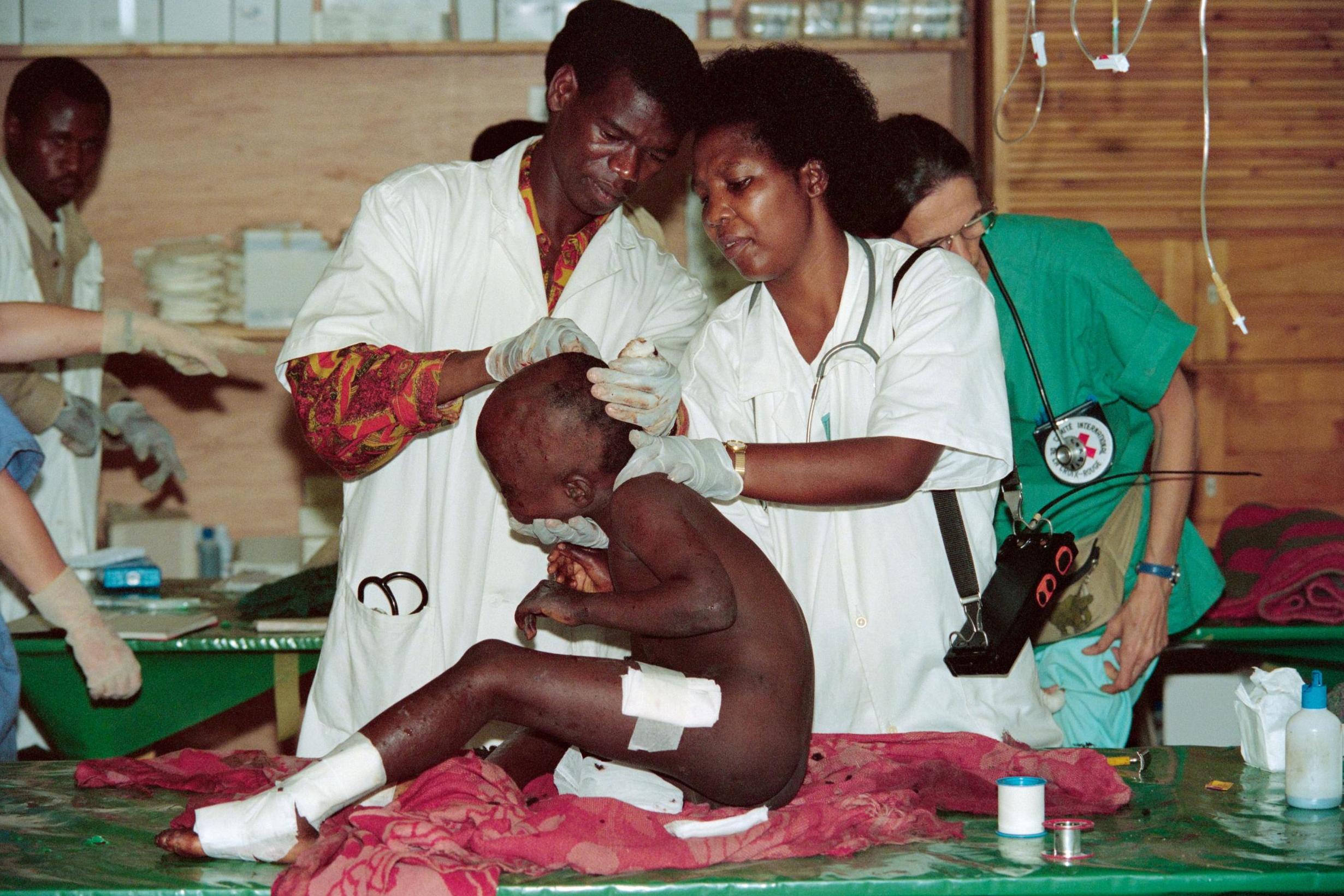
Rwanda was a watershed moment for the humanitarian sector. The UN peacekeeping force and the political powers that controlled it would be widely criticised for standing by as 800,000 people were systematically slaughtered by their countrymen in the space of 100 days. But the subsequent failures in providing assistance once the bloodshed came to an end were what rocked the humanitarian community.
In the aftermath, over 1 million Hutus, fearing retribution from the now Tutsi leadership, fled to neighbouring Goma, Zaire (now the Democratic Republic of the Congo). The humanitarians – members of NGOs and UN agencies – rushed in to provide assistance, but the complexity and sheer scale of the refugee influx soon overwhelmed the sector. Within months, overcrowded camps set up on volcanic rock that limited the ability to drill latrines, coupled with poor water, sanitation, and hygiene facilities, resulted in a mass cholera outbreak that killed tens of thousands of people.
800k
people were killed during the Rwanda genocide in 1994
At the same time, UN member states were unwilling to provide peacekeeping troops to ensure security inside the refugee camps where genocidaires – still armed and killing – were embedded alongside women and children, who accounted for 80 per cent of the camp residents. The camps effectively became a staging ground for militias to regroup, and aid was inadvertently redirected to the perpetrators of the genocide. Aid workers didn’t understand the contextual particulars, or, even worse, willfully ignored them. Coupled with insufficient training in cholera case management, the aid community sustained a second catastrophe on its watch.
The genocide and subsequent failures of the aid sector prompted the Danish government, along with others, to commission an evaluation unprecedented in its scale – all told costing $1.7m – known as the Joint Evaluation of Emergency Assistance to Rwanda (JEEAR). The findings were blistering, with the aid sector accused of poor coordination, low accountability to genocide survivors and lack of preparation. In addition, many NGOs were deemed unqualified to have operated in such a context. Looking back, John Borton, lead author of the evaluation, notes: “The unprofessional and irresponsible behaviour of some had, most probably, caused unnecessary loss of life.”
Veteran aid workers often reflect on just how little experience they had in those early years. “The only job requirements back then were: are you able to get on a plane tomorrow and go somewhere crazy?” one aid worker who started her career in 1999 tells me.
After the response to the Rwanda genocide, aid workers realised they had a humanitarian mandate grounded in the Geneva conventions and other bodies of international law and human rights
Nearly 15 years ago, I too wondered just how I landed my first position in aid – coordinating a displaced persons camp for 24,000 people in northern Darfur. It turned out the group had been recruiting for months, and I was the only expat who was willing to go.
Rachel Scott, senior policy and partnerships adviser with United Nations Development Programme (UNDP), reflecting on one of her first jobs in aid, says: “We didn’t understand ‘do no harm’ back then” – referring to the medical Hippocratic oath, which also applies to the humanitarian sector – “I have to cringe at some of the things that did do harm,” she says, like distributing powdered milk to mothers without ensuring there was clean water or first promoting breastfeeding.
Andrea Tamburini, former CEO of the US NGO Action Against Hunger, echoes those sentiments. “I had no formal training,” he tells me, referring to his job in Pristina, Kosovo, back in 2000. “Looking back, I’m shocked about how little understanding we had and the damage we could have done.”
As the evaluation laid out, damage at the hands of unqualified aid workers could be – and indeed was – done. The findings prompted a surge of introspection and a shift towards compliance to higher professional standards, a better-skilled workforce, and greater accountability to affected people. The subsequent years birthed the hallmarks of standards and accountability in the sector, most notably the Sphere Standards – a set of minimum standards for everything from how much water people should receive per day, to how much space should be left between shelters; the Humanitarian Accountability Partnership (HAP, now part of the Core Humanitarian Standard); and ALNAP.
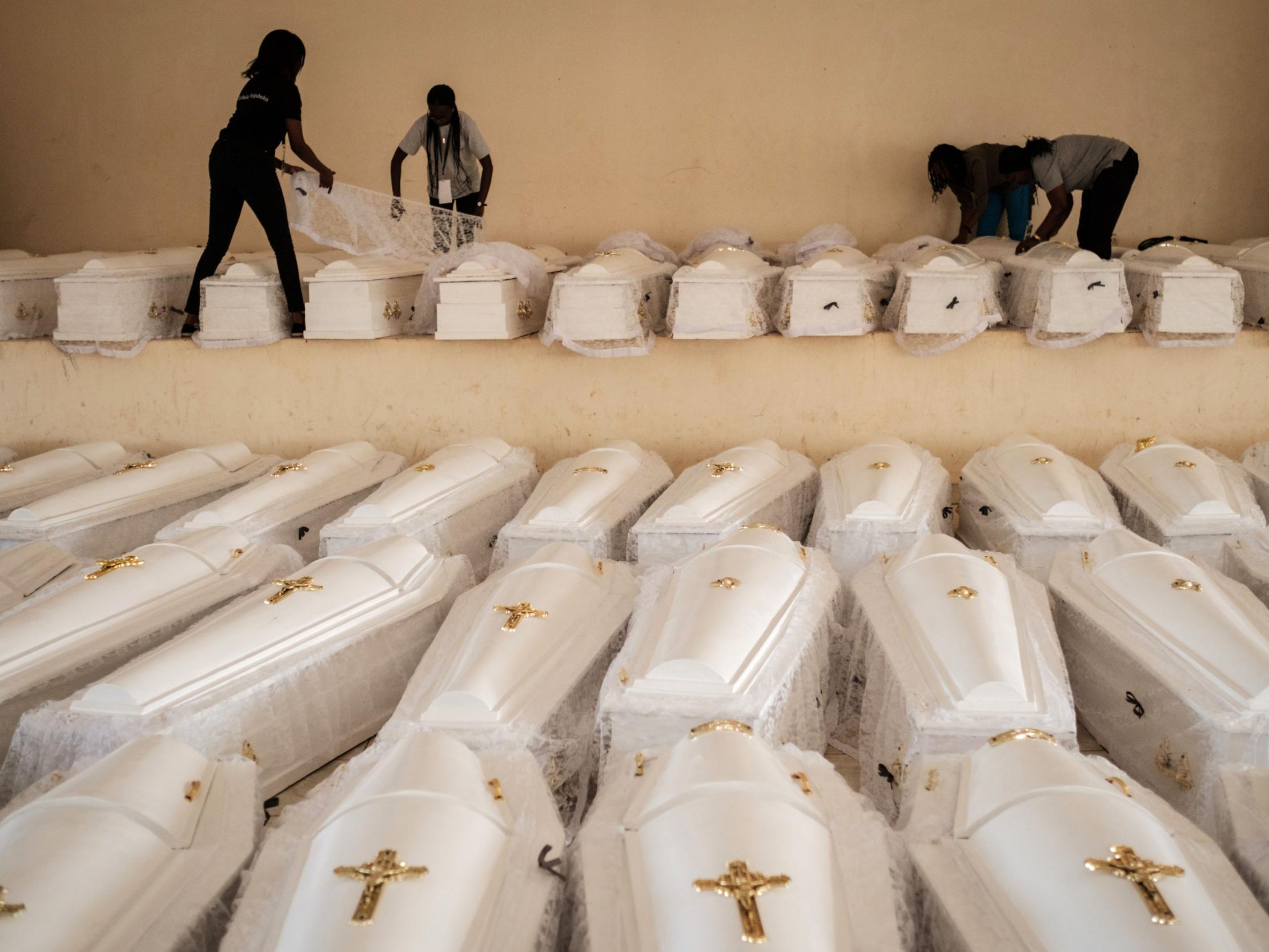
“After the response to the Rwanda genocide, aid workers realised they had a humanitarian mandate grounded in the Geneva conventions and other bodies of international law and human rights,” Mitchell of ALNAP tells me. “Before, most aid workers were just motivated by a moral desire to do good. But gradually we saw our role not simply about distributing aid in a charitable way, but about being there to protect vulnerable people. Our identity as professionals began to grow. That was a major change.”
In other words, aid was no longer seen as something done just out of altruism. Rwanda revealed that the stakes were too high, and if the sector was going to go in to save lives and reduce suffering, it had better have some basic standards of professionalism: public health experts, trained water engineers, experienced logisticians. The 1990s spawned new university programmes, graduate degrees, and training courses, educating an army of aspiring aid workers who would receive the technical expertise required to fulfil people’s rights to receive humanitarian assistance. It wouldn’t be long before those professionals, and the standards the sector had worked so hard to foment, would be put to the test.
2004, Indian Ocean tsunami
Some change, less improvement
In late December 2004, an earthquake off the coast of Indonesia triggered tsunami waves that reached at least 13 countries around the Indian Ocean. With no early warning system in place, roughly 230,000 people were killed, making it one of the deadliest disasters in history. Millions became homeless and displaced. The event triggered an outpouring of generosity not only from the aid sector but from the entire world, which watched an endless media stream of unimaginable wreckage and promptly emptied their pockets.
A record-setting $6.25bn was donated to a central UN relief fund by an unprecedented number of countries. Private donations were also remarkable; in the United Kingdom alone, the record for online donations to the Disasters Emergency Committee was broken within 24 hours.
In flew hundreds of international NGOs, alongside numerous UN agencies, to provide relief to survivors and to “build back better”. The international response appeared to be robust, professional, devoted and the humanitarian sector’s resources seemingly infinite.
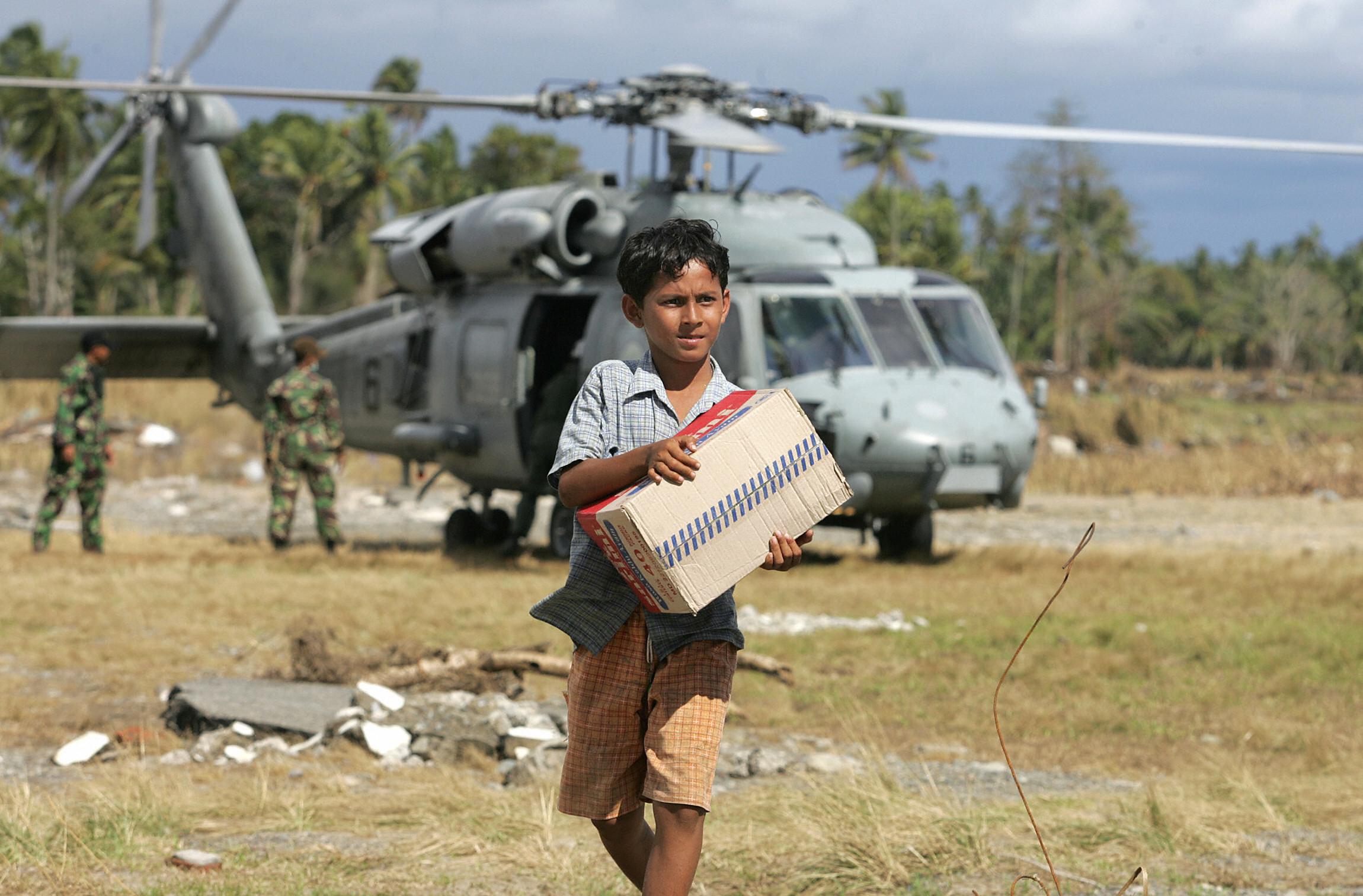
Ten months later, with some distance from the firefighting, donors were eager to know how their money had been spent. ALNAP set up the Tsunami Evaluation Coalition (TEC) to coordinate five independent studies to gauge the international response. When the resulting evaluations were published in 2006, the findings were damning. Many expats had little relevant experience to address the highly complex social structures in the region, the findings signalled; worse, many had done their work poorly. An underestimation of local capacities and a tendency to brush locals aside entirely was found to be widespread.
Mainstream humanitarianism clocked all of these errors despite subscribing to the norms and standards that had been developed and demanded after the Rwandan genocide and other crises. The investments towards accountability that had been made over the decade were lines in programme proposals, outputs measured in Excel tables. When put to the test, they did not help to change much.
I saw these shortcomings first-hand, working on a separate evaluation examining one UN agency’s performance. Agencies, flush with cash and programmes they needed to implement, rushed to claim their territory, tripping over each other to do something. Much of it wasn’t needed, or at least wasn’t needed all in the same place at the same time.
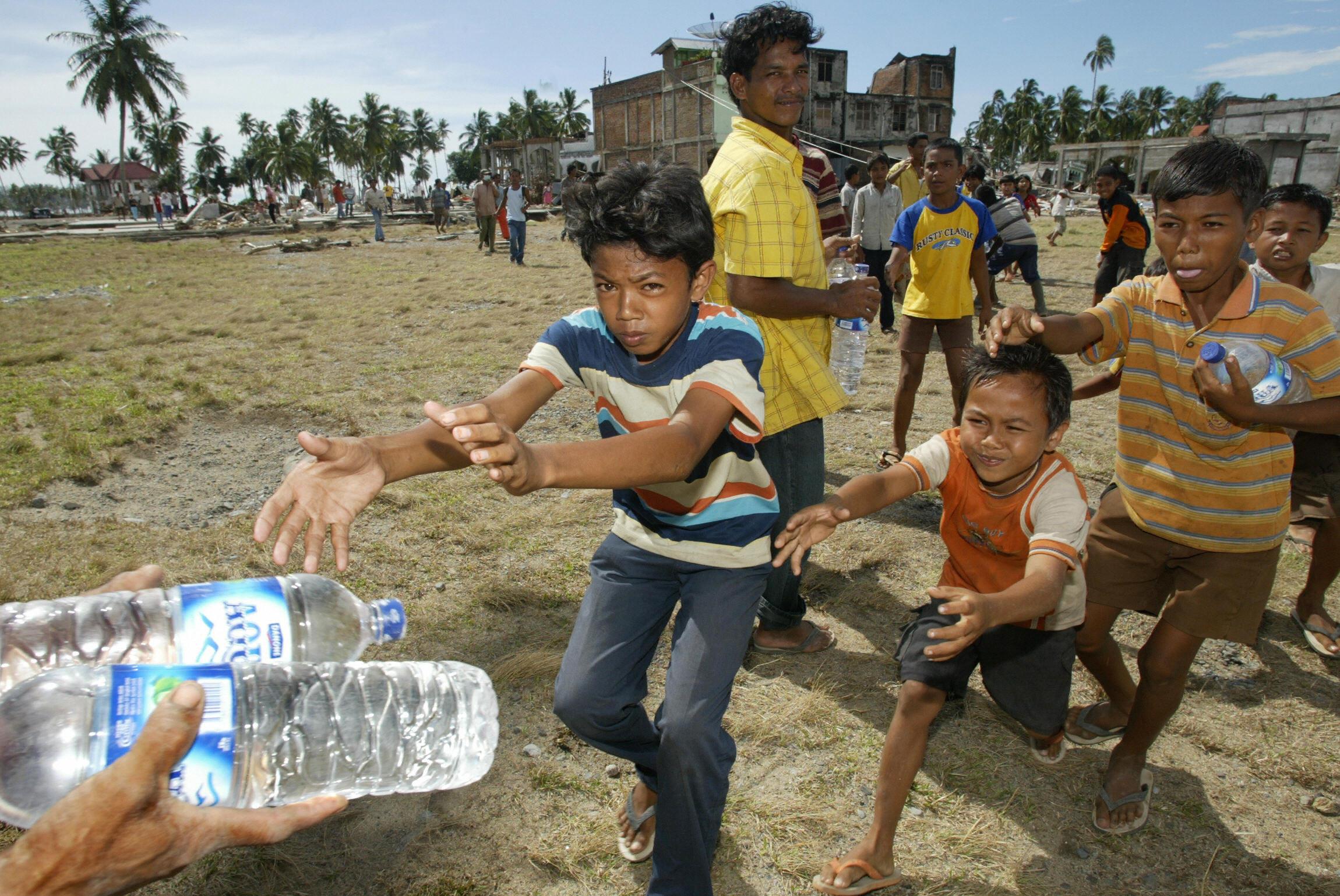
I visited a child protection centre in a small village in Sri Lanka, funded by the UN and run by a Sri Lankan woman. She explained that while the centre was helping children return to some sense of normalcy, there was another centre just like it, run by a different organisation, a few hundred metres down the street. And another one right around the corner. And yet another one in the other direction. Centres were competing with each other for children to boost their beneficiary numbers.
That was true in much of the aid world at the time. Without a way to coordinate among aid initiatives, some villages got 50 fishing boats while others got none. The embarrassing shortcomings were widely broadcast by the media, with The New York Times headlining: “UN failed to coordinate tsunami relief.”
Once again, the humanitarian sector scurried to get its house in order. A formal Humanitarian Response Review of the global humanitarian system was initiated by the under-secretary general for humanitarian affairs, resulting in new humanitarian reforms that, along with other changes in financing and leadership, delivered the cluster approach: the coordination architecture that still remains today. The system was meant to ensure that the five child protection centres that I encountered sitting on top of each other were spaced according to need, not according to convenience or where the cameras would be rolling. There was to be consistency and predictability in how responses were carried out and a designated agency to lead each sectoral response – health, water, shelter, etc. “These reforms really made a difference,” recalls UNDP’s Scott. “That was a ground-breaking moment.”
Yes, we’re more structured, more professional, more proceduralised today. That has benefits, but at the same time, have we lost something in terms of our bedside manner? Are we still able to sit down and drink tea?
While promising, the reforms put in place at humanitarian outposts across the world came with a downside: more bureaucracy. One aid worker who was tasked in 2005 with bringing the cluster directives to life in Kinshasa, Congo, jokingly recalls how this so-called coordination system was explained to him: “I was told, ‘It’s not about more meetings, it’s about better meetings.’”
Even if those meetings were better and promoted the strategic and coordinated delivery of aid, inevitably there would have to be more of them. More meetings meant more time in meeting rooms, more money and staff allocated to running those meetings, and more time spent talking about the assistance rather than actually delivering it. Inadvertently, the system was pushing itself further from the more human sides of aid.
Old-timers often reminisce about the days when things were simpler. One aid worker, comparing work they do today with that of 25 years ago, said: “Our response is close to what we would have done back then – giving tarps and kitchen utensils, talking to local authorities so that people were treated well. None of those things changed much. But the machinery behind it has become so complex and overburdened.”
As Antonio Donini, former head of policy at the UN’s emergency aid coordination body, OCHA, and co-founder of the citizens movement United Against Inhumanity, put it: “Yes, we’re more structured, more professional, more proceduralised today. That has benefits, but at the same time, have we lost something in terms of our bedside manner? Are we still able to sit down and drink tea?”
Drinking tea with locals, in fact, was becoming much more difficult for another reason. At the same time that aid was becoming more professionalised, a new global war was making it impossible for international humanitarians to even access many of the people most in need.
2001, 9/11
Outsourcing risk
For a time, the world didn’t seem to question the neutrality or good intentions of aid workers on the ground. Ross Mountain, a career UN professional who worked as UN special coordinator for emergency relief operations in Liberia from 1991 to 1993, says the UN bestowed a kind of force field of honour and protection around aid workers in those years. “We wrapped ourselves in our blue flag and went through checkpoints run by kids high on pot or palm wine,” Mountain says. “We felt like we were invincible.”
The events of 11 September 2001 and the so-called war on terror that followed – first in Afghanistan and then in Iraq – changed all that. The all-consuming nature of the conflict especially meant that so many western-oriented institutions abroad could be perceived as part of the US combat missions. Then, in late October, Colin Powell, at the time US secretary of state, addressed a group of NGO leaders and referred to them as “force multipliers for us… such an important part of our combat team”: foot soldiers in the effort to win hearts and minds.
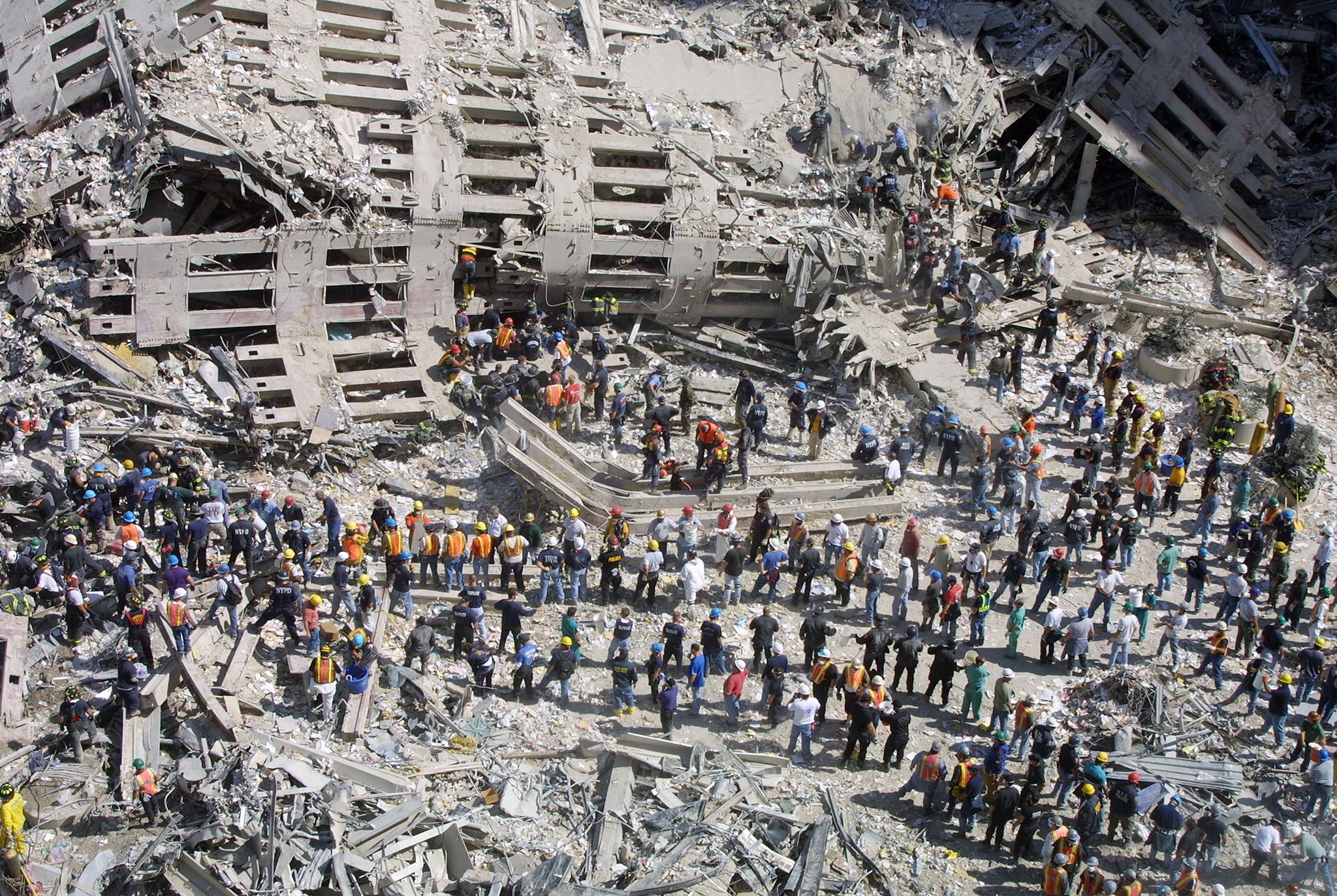
Decades of hallowed neutrality were forever damaged. “The difference between the mandates of the military and humanitarians was once clear,” says Augstburger, formerly with ICRC. “Then the military became involved in humanitarian operations, and we were perceived as an extension of the military. You saw an exponential increase in aid worker attacks and targeting as a result.”
Three years later, after five of its staff were ambushed and killed in the northwestern province of Badghis, MSF announced it would be pulling out of Afghanistan after 24 years, in part because “providing aid is no longer seen as an impartial and neutral act, endangering the lives of humanitarian volunteers and jeopardising the aid to people in need”.
Many aid outfits stayed on though, not only accepting funding from governments leading the so-called war on terror but relying on it. One aid worker who was with a large US humanitarian NGO at the time of the 2003 Iraq invasion recalls a big debate within her organisation about whether to take US funding for programmes. Ultimately, her NGO refused. “But a lot of organisations got fat off of doing clean-up for the US,” she tells me.
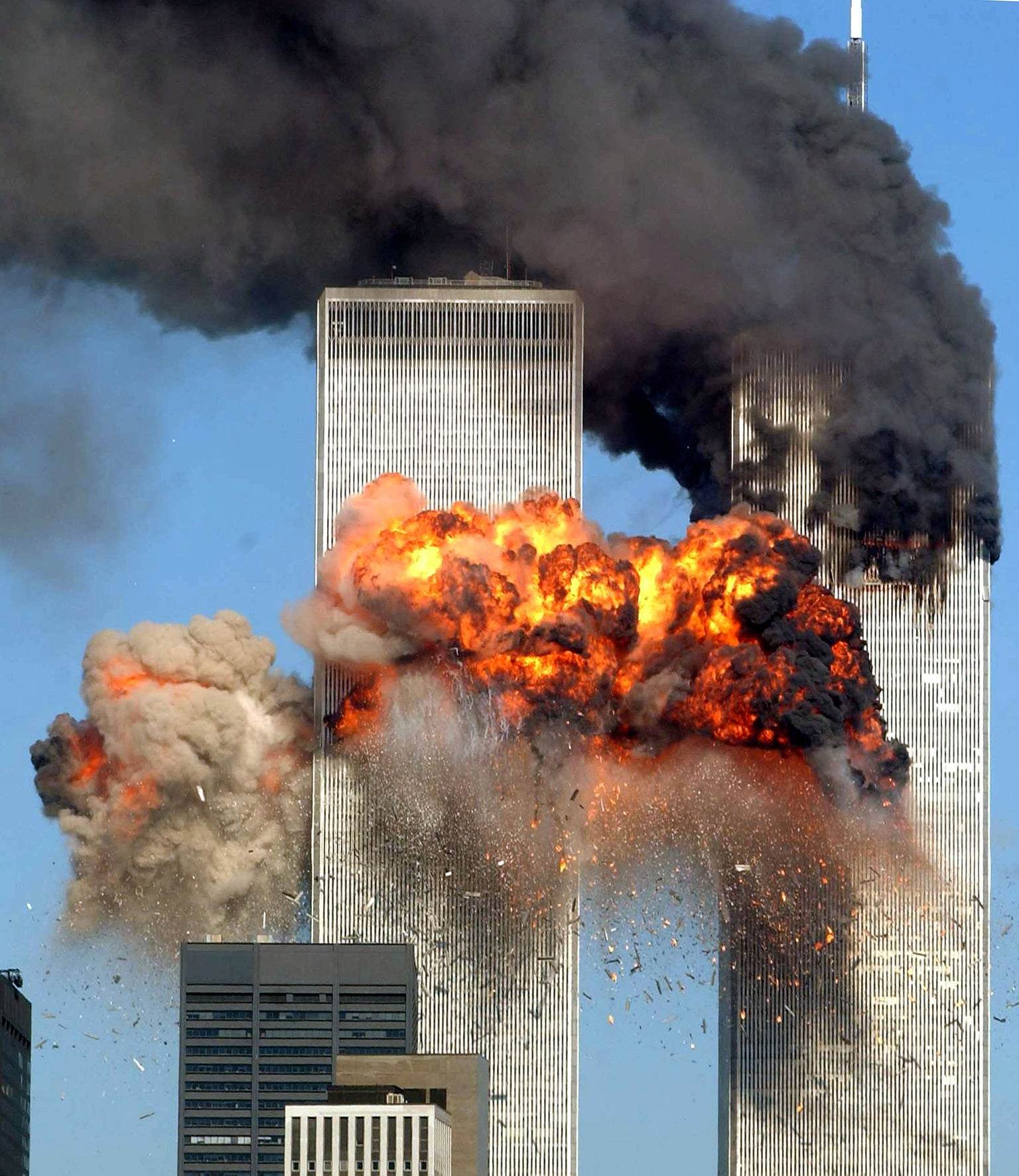
In August 2003, nearly two years after 9/11, the Canal Hotel – the UN headquarters in Iraq – was bombed. At least 22 people were killed, including UN envoy Sérgio Vieira de Mello. “Baghdad was the realisation that we were all targets,” says Tamburini, former Action Against Hunger CEO. “It was not just us humanitarians, it was an attack on the institution. We all woke up from that dream that we were humanitarians, and that people like us and will take care of us.”
The aid community began to seriously weigh the trade-offs between its mission to protect and support others, known as “stay and deliver”, and its need to protect its staff, known as “duty of care”. As Scott recalls: “Back in the old days, stay and deliver was first, and duty of care was second. Now, that’s flipped.”
Hajir Maalim, regional director for Action Against Hunger in the Horn and East Africa, remembers working in Somalia 16 years ago. “I’d go to the community and could stay there for days, sleep under the car without having to worry. It gave us credibility because we were there.” But after seeing his colleagues kidnapped and killed, it’s the risk that now drives his decision-making.
Agencies began investing in balancing both their safety and effectiveness. “Before, the security officer made sure the fire extinguisher worked before he went on annual leave,” says Kevin Kennedy, former head of the UN Department of Safety and Security. “Today, he needs to know the entire political, social and security landscape of the country. And he needs to be committed to ‘stay and deliver’.
Providing aid is no longer seen as an impartial and neutral act, endangering the lives of humanitarian volunteers and jeopardising the aid to people in need
The reforms were indeed important but, as Tamburini explains, “it’s a massive distraction from work – the funds, time and focus”. Suddenly, aid workers were living behind triple-canopied barbed wire compounds and driving in armoured vehicles, being trained on hibernation and evacuation procedures, being briefed daily on security analysis. The strict measures sometimes made it impossible for foreigners to operate in places where needs were highest, let alone know what was going on in them. This also had an unintended pull factor, as Maalim notes: “We wait for people to move out to where we can access them,” such as urban centres or displaced person camps, “but once they move away, they don’t move back.”
These increasing challenges for international aid workers also drove a push for remote management and outsourcing of aid work in dangerous environments to local organisations. The new strategies meant that the large international organisations were relying on local staff in ways they hadn’t before, remotely managing Somali NGOs from the safety of Nairobi, and, even today, puppeteering actions inside some parts of Syria from offices in Jordan and Turkey.
Tamburini disagrees with the unethical calculation many organisations often make when attempting to reduce their own risk, which he characterises as unfairly suggesting “We need to do this project. It’s unsafe for me, but it’s OK for you.” But, as he implies, it wasn’t “OK” for local organisations: risks to these national outfits and staff rose exponentially. By ceding frontline tasks to these outfits, international aid workers could maintain operations, but it became harder to know what was really happening in the places humanitarians cared about.
2010, Haiti earthquake
A sector out of touch
While some crisis responses operated by remote control, others seemed to invite the whole world’s involvement. When the Haiti earthquake struck – killing an estimated 100,000 to 300,000 people – it presented new, confounding challenges for the sector.
A highly publicised, sudden-onset disaster, along with proximity to the United States, meant an almost bizarre surge in interest by ordinary citizens and celebrities. Demi Moore, Ben Stiller and others showed up; Sean Penn ran his very own displaced persons camp. It gave aid work a sheen of sex appeal and, soon enough, seemingly every spring break, college groups armed with teddy bears and hugs hopped on planes, picked up shovels, and cleared some rubble. Borton, lead author of the JEEAR, says that even though established humanitarian organisations had professionalised, the situation was reminiscent of Rwanda, where “it was striking how … it was still possible for unprofessional and irresponsible NGOs to set up ‘humanitarian’ operations”.
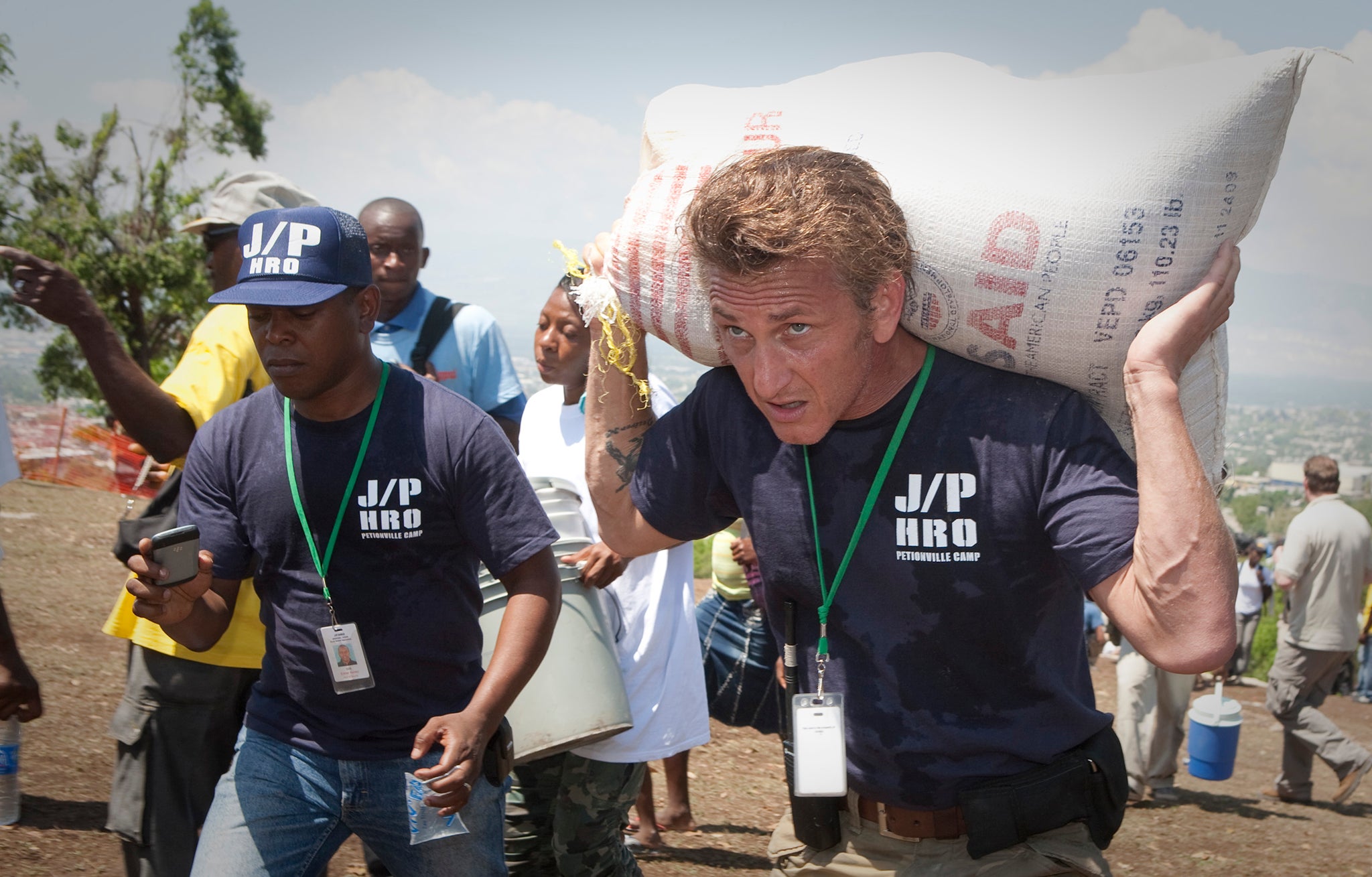
Within the official humanitarian sector, the well-oiled cluster system that originated after the tsunami was activated. Hundred-person meetings took place in Logbase, the designated UN compound near the airport. To gain entry to these meetings as an aid worker for a big international NGO at the time, I had to flash my badge at numerous gates to show that I indeed was part of one of the dozens of international outfits. Staff from local organisations – even if they wanted to be subjected to standing room-only meetings under sweltering tents held in English and acronym-speak – weren’t even allowed to pass through the gate.
The exclusion extended to living conditions. As Haitians set up their temporary accommodations on piles of rubble and garbage, pitching tents on the strip of land between the highway, international aid workers made sure they themselves were secure and comfortable, renting cozy, air-conditioned, fenced-in bases, or converted cruise ships replete with bars and dancefloors
Although excluded from the international way of work and life, Haitians themselves were instinctively organising, some even mirroring the cluster system. One Port-au-Prince community set up a neighbourhood committee system within 48 hours of the earthquake: women cooked for local responders; a trained nurse cared for people who were not critically injured; a logistics team located water and supplies; and an armed team provided security. I only learnt about this ingenuity much later: the international organisations never coordinated with these groups or sought their opinion or guidance.
9,000
people killed by the cholera outbreak in Haiti in the 2010s
And as much as they were left out of the formal response, Haitians were leaving the internationals out of theirs, using cell phones and social media to communicate and find their own sources of help. Increasingly, the aid sector didn’t know how much support Haitians were getting from groups outside its own sphere of influence. As the report “Still Left in the Dark”, by BBC Media Action, the BBC’s international charity that supports media and communication around the world, observed, “It may now be the humanitarian agencies themselves – rather than the survivors of a disaster – who risk being left in the dark.”
Further shaking the system was that aid’s bible – the Sphere Standards – was essentially thrown out the window in the urban response that Haiti required. The rules, written for a typical displaced persons camp, which you’d find on a stretch of land in the rural countryside, weren’t easily adaptable to downtown Port-au-Prince.
How would it be possible to ensure one latrine per 20 people in downtown Port-au-Prince? Port-a-potties became the solution, which became stinking roadblocks along the streets. The rapid spread of cholera 10 months after the earthquake – introduced by the UN peacekeeping force MINUSTAH, and which killed more than 9,000 and infected 800,000, or almost 10 per cent of the population – revealed just how fragile the water and sanitation systems were. Other urban realities challenged the sector – dealing with gangs inside the camps and ensuring security, providing cash aid and work opportunities without undermining local markets, and trying to relocate people into planned settlements that wouldn’t turn into long-term slums.
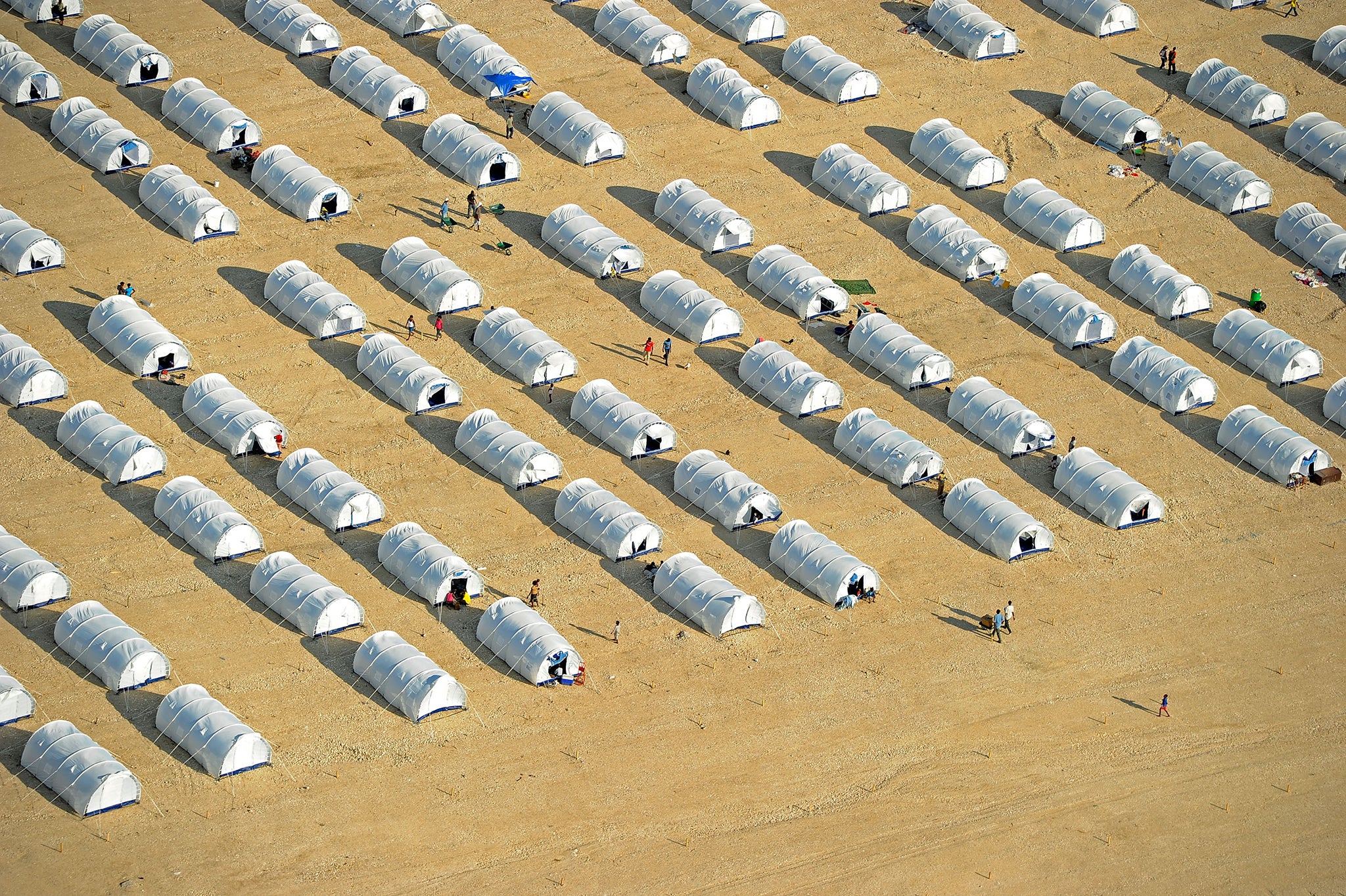
There is no doubt Haitians needed help and that their efforts alone would have been insufficient to meet the massive needs. But Haiti represented a moment of humility for the international aid community. The recognised “experts” began to reflect on their role operating in an unfamiliar context and in one with a whole other support network – relatives in Miami sending assistance in the form of money, emotional support and information; local technology companies setting up call centres to field queries about how to get assistance; a local radio station and local NGO leveraging social media to organise and manage responses; even the troops of spring breakers and their teddy bears.
International aid was important, yes, but it struggled to adapt, and was just one part of a much larger system of humanitarian relief. The sector poured an unprecedented amount of money into the response; 10 years later, many wonder what there is to show for it all.
That same year, when the devastating floods made their way down the spine of Pakistan, the sector was unprepared to respond to both emergencies at once. Pakistan was met with a similarly flawed response. You could almost hear the collective sigh that rose up from headquarters in Geneva and New York as the sector got back up, dusted itself off, and once again attempted to reform. This time, the UN had a new plan: the Transformative Agenda (TA).
2013, Typhoon Haiyan, Philippines
Humbler aid, please
This new TA, finalised in 2011, touted a commitment to improving leadership, coordination and accountability for performance and to affected people. The basic tenets had such a familiar ring that some in the sector joked, “What’s so transformative about the Transformative Agenda?”
The TA was intended to help the sector prepare to respond to large-scale disasters in multiple places, at the same time, through a classification system ranking crises by their severity in scale, complexity and urgency. With increasing and intensifying climate threats and prolonged conflicts, responding to only one massive emergency at any one time was a luxury of the past.
The protocols had a self-referential tone, almost predicting the inevitable criticism to come, declaring their importance because of “the reputational risk to humanitarian organisations and responders if we don’t get them right”.
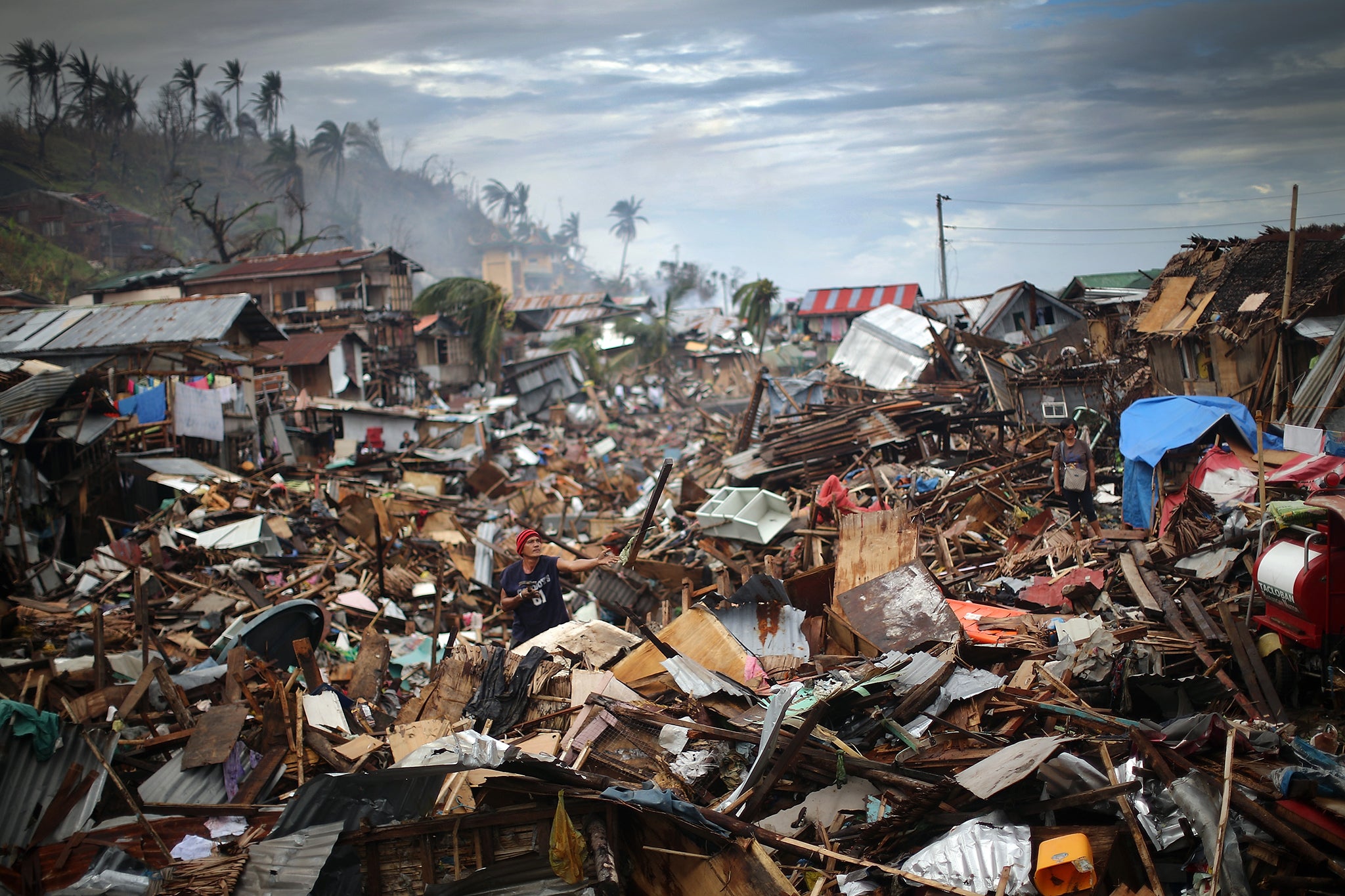
In 2013, Typhoon Haiyan (or Yolanda as it was called locally) struck the Philippines, one of the most powerful tropical cyclones ever recorded. The typhoon killed 6,300 people across the archipelago of 7,000 islands, displaced more than half a million people, and left a wake of destruction unrivalled in the country’s recent history.
Sebastian Rhodes Stampa, chief of OCHA’s emergency response section, was one of the first expatriates to land in Manila as acting coordinator for the UN. He remembers carefully following the TA protocols – setting up 12 clusters, conducting two phases of the lengthy process to identify humanitarian needs. But instead of making the system more agile, Rhodes Stampa says, the new protocols inserted a “very bureaucratic footprint of the international response which was in danger of overwhelming the national response”. He recalls: “Haiyan made us ask, ‘How do we transform the Transformative Agenda?’”
Meanwhile, local responders were helping people get back to their pre-crisis lives. A few months after the typhoon, I visited Tacloban city, one of the communities most severely impacted on the island of Leyte, as part of a research team examining the effectiveness of the response. I met a community leader who had meticulously kept a chronological log of every outfit that came to help her community. She pulled a notebook out of her desk drawer and showed me the handwritten lists: the local mayor, the neighbouring church, a high school class from Manila. It was many pages until I saw an international group that I recognised.
In a nearby town, within two weeks of the typhoon, a Buddhist organisation had provided the equivalent of a month’s salary to more than 30,000 families. People told me this was the most effective assistance they had received, the disbursements being quick and large enough not just to meet immediate needs but also to rebuild their homes and restart businesses. The private sector took its turn at relief as well, restoring internet and phone services, restarting supply chains through credit schemes, and providing heavy machinery to remove debris – often faster than humanitarian agencies.
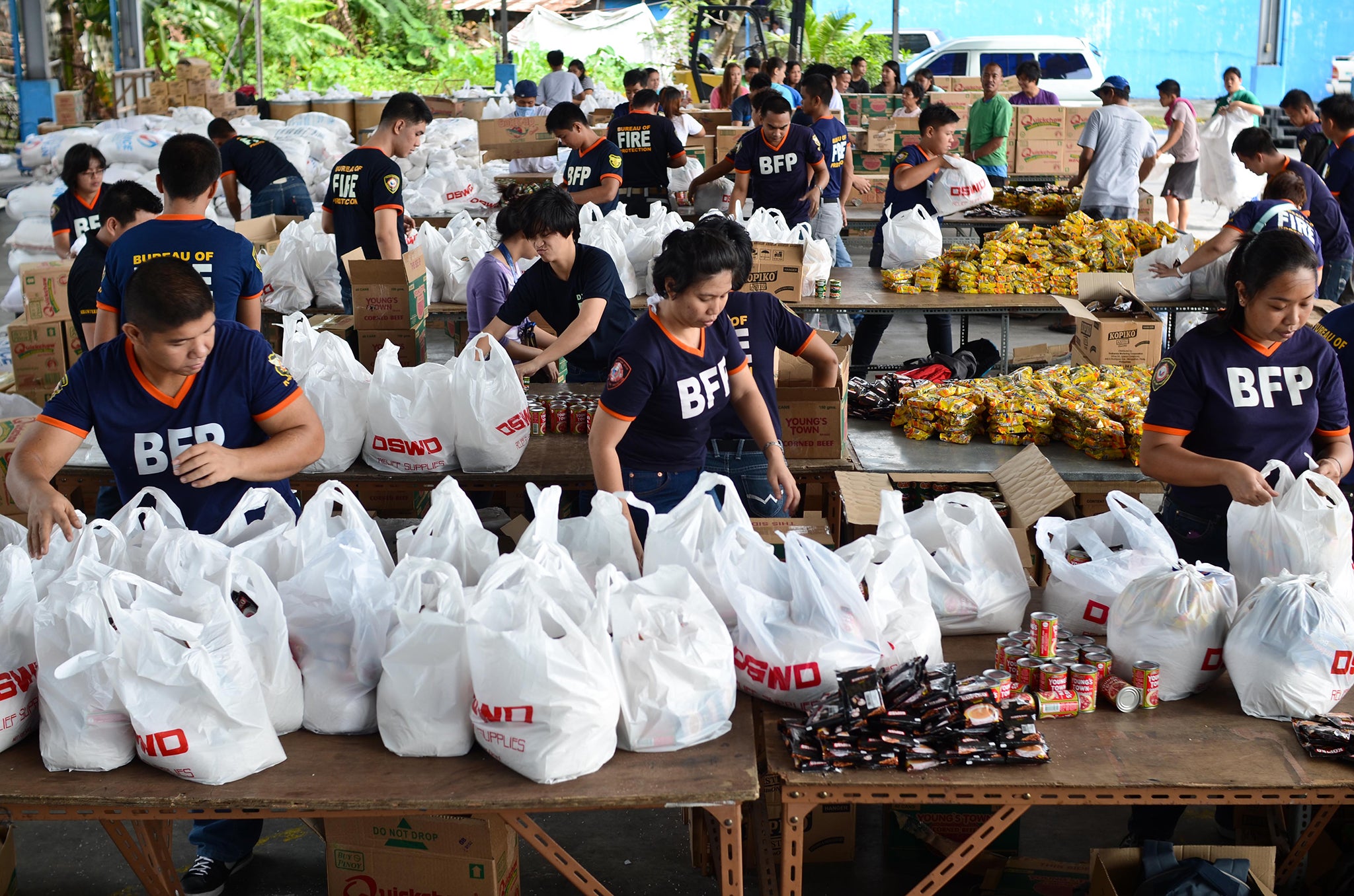
What the highly capable civil society and plugged-in private sector made many question was whether “the presence of the circus from the western agencies was even necessary”, says Donini of United Against Inhumanity. “We began to question whether we needed operations run by the UN or whether the UN’s role could be one of standard-setting and technical support rather than provision of services.”
The TA protocols were useful in humanitarian crises where local resources were insufficient – places like South Sudan and Iraq. But a country like the Philippines no longer wanted internationals coming in to provide direct assistance. The aid sector was confronting the new reality of working inside a middle-income country, one with highly skilled nationals, a functioning economy, and an effective – albeit strained – government. This was no failed state, and while the international community brought value, it was hard to differentiate the external expertise – and justify its cost – from the domestic.
Moreover, many internationals parachuting in were ignorant of the local context and specificities. As David Holdridge, the former regional director for Mercy Corps in the Levant, says of the sector at this point: “I get top people in with vast salaries, and they haven’t even bothered on the plane trip over to read what the constitutional set-up of the country is. They’re not paid to do that. They have a set of indicators and deliverables.”
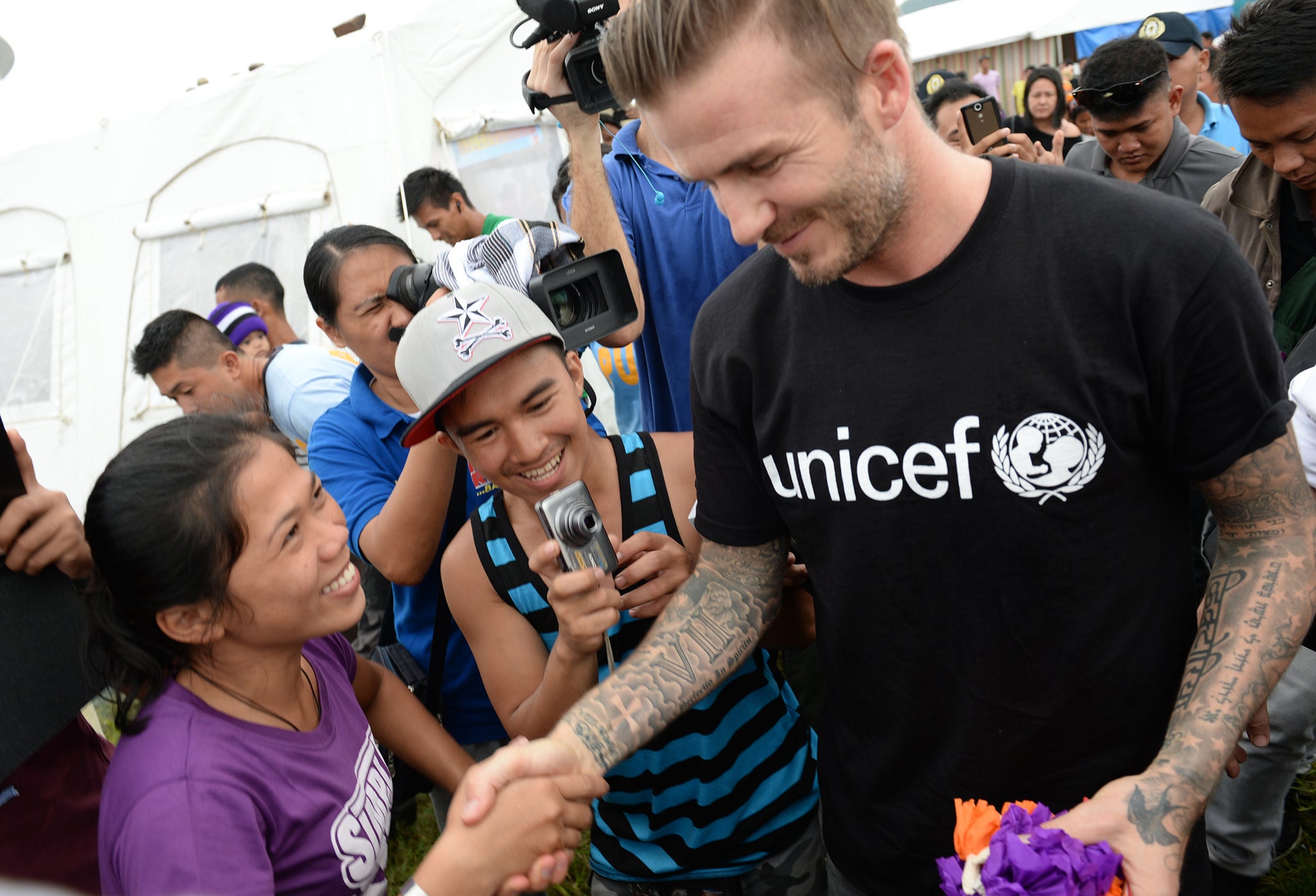
Kevin Kennedy, UN regional humanitarian coordinator for Syria, agrees: “I get very wary of people who say what needs to happen in a country where they can’t even read the street signs.”
Even with all its self-criticism, the humanitarian system hadn’t yet considered a humbler, more complementary role for itself – one that would plug gaps in the domestic response but not overrun it. The sector had been busy for the last two decades expanding and reforming itself but it had rarely studied how those receiving aid felt about its presence in the first place.
The Philippine government and its neighbours in Asia and the Pacific, however, had seen enough. After the Sulawesi tsunami in Indonesia hit in 2018, the government effectively said to the internationals banging at the door, “thanks but no thanks”.
2015, Mediterranean migrant surge
Glaring hypocrisy
While the largely European-based international community was trying to help elsewhere, the fallout from some crises was turning up on its very doorstep. In the summer of 2015, the west was confronted with the human consequences of ongoing wars and economic collapse in Syria, Yemen, Afghanistan and northern Africa. With now easier and cheaper routes through the Balkans and an open door policy by Germany, 1 million people showed up on European shores and demanded entry, many travelling by foot and desperate to reach asylum in northern or western Europe.
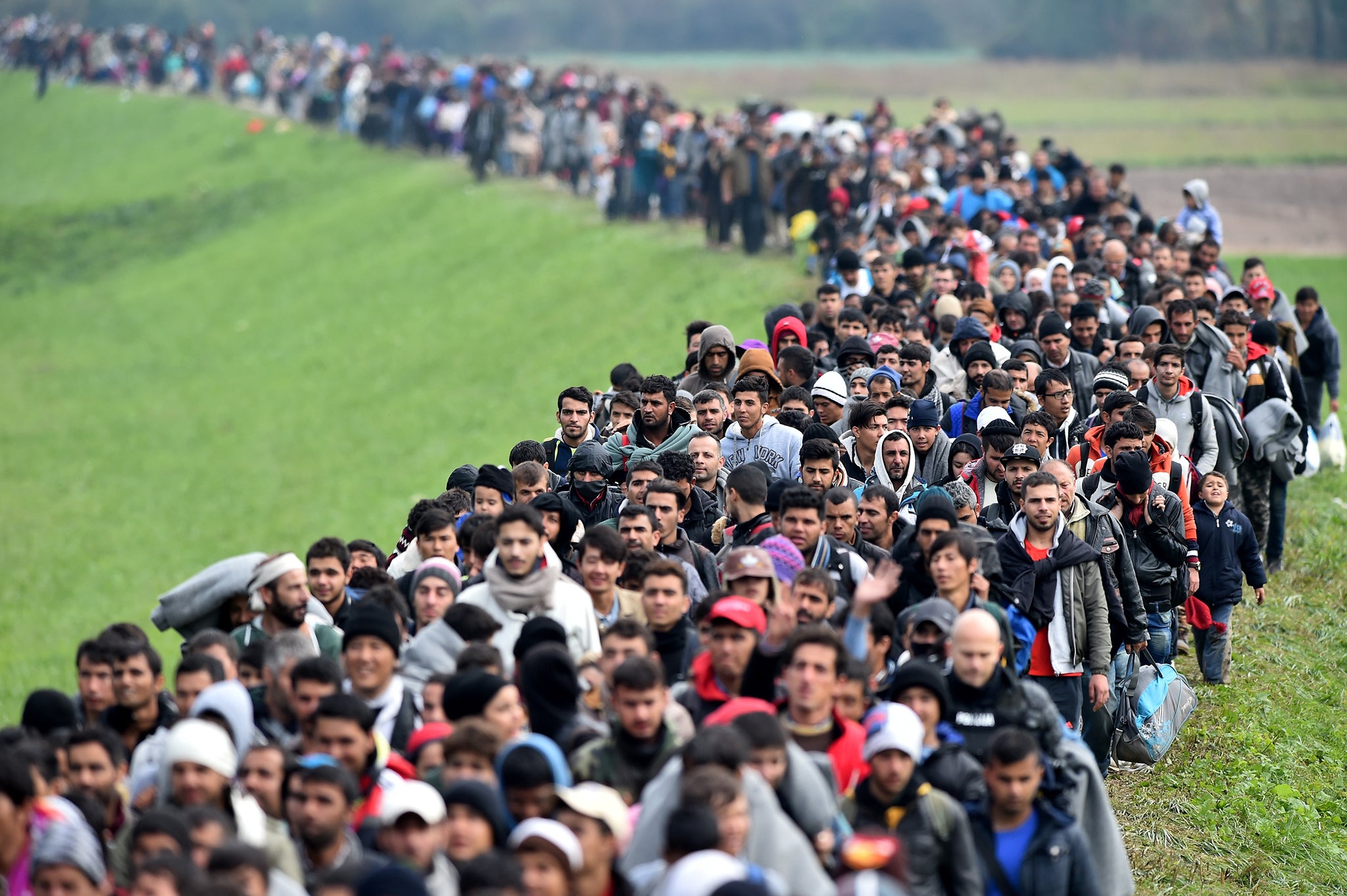
The aid sector was forced to adapt to an entirely new set of circumstances and rules. Agencies found themselves recalling staff overseas to tend to needs in their own countries. International status may have afforded a 28-year-old European an air of neutrality and respect while negotiating with authorities in northern Darfur, Sudan. Back at home, navigating politics with their very own mayors in towns like Calais, France or Vienna, Austria, they didn’t get so far.
The behaviour of western donor nations towards crises taking place in their territory highlighted an unpleasant reality that recipient nations likely always knew: they were happy to virtuously spend billions on vulnerable people as long as they could micromanage those crises within other nations’ borders
A mobile population further challenged the sector. Aid groups would typically provide camp residents enough food to last for a few weeks, until the next distribution. But in these circumstances, large sacks of rice and big tins of oil weren’t going to be very useful. People needed small items they could carry with them on their journeys – energy bars and biscuits – similar to the cups of water you’d see given out along the sidelines of marathons.
A lack of cross-border coordination further complicated things. Every time someone crossed a border, they would be handed a relief package by a well-intentioned aid group. Without a system to track what had been distributed at the last border, though, some people had 12 toothbrushes by the time they reached Germany. When asked what they wanted most, a power socket and a wifi signal often topped the list, changing the definition of humanitarian “basic needs”.
The aid sector had grown accustomed to working according to its own set of rules in most crisis settings. In high-income countries, bypassing the state and its institutions wasn’t going to work. The situation and its response revealed hypocrisies on all levels: aid groups that shied away from calling out poor practices by their European donors and the supposedly principled and upstanding states themselves that failed to uphold the rights they were so committed to promoting overseas. No longer could a European country wag its finger at a South Sudan for violating human rights, when all over the continent, children were being detained, families were kept separated, and migrants were forced to sleep in some of the most derelict and dangerous camps I had seen in my career. These were intentional deterrence policies – as migrants were constantly using social media to communicate with their loved ones back at home, the Europeans seemed to be making sure the message got through loud and clear: don’t come.
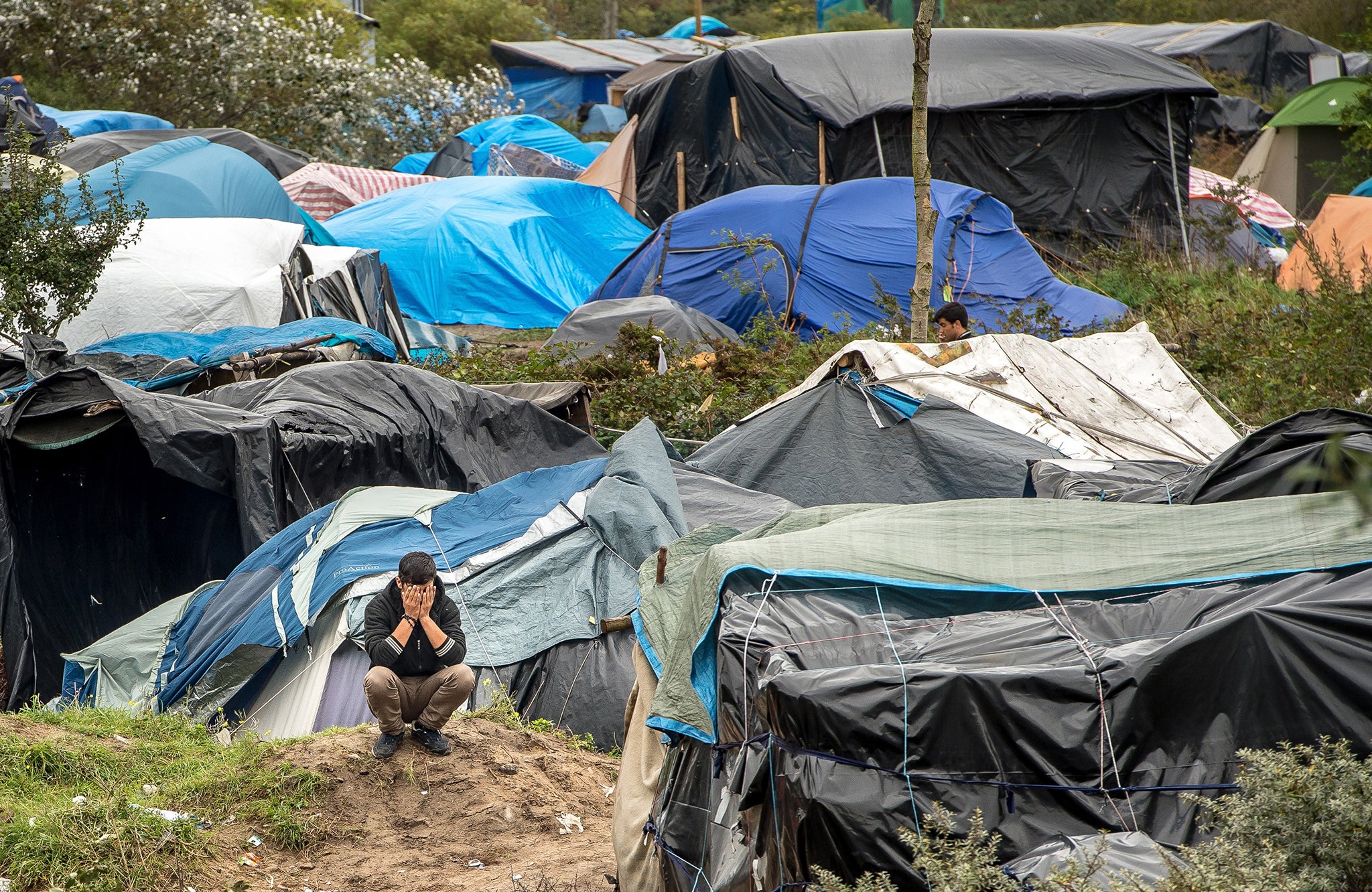
The behaviour of western donor nations towards crises taking place in their territory highlighted an unpleasant reality that recipient nations likely always knew: they were happy to virtuously spend billions on vulnerable people as long as they could micromanage those crises within other nations’ borders. As Donald Trump campaigned on a promise of a wall, and European states threw up borders and turned away migrant boats, it seemed that most rich nations were happy to insulate themselves from the problems facing humans all around them – economic inequality, war and immeasurable suffering – problems they themselves either had a hand in creating or had perpetuated through an absence of political action.
In April 2016, the pope, standing on the shores of Greece – where 50,000 asylum seekers were left stranded in detention camps after the EU enacted a deal with Turkey to curb the large numbers of refugees arriving in Europe – denounced what he saw it for: the “globalisation of indifference”.
2016, A changed world…
…and a system no longer fit to save it
What had become clear was that the formal aid sector wasn’t evolving quickly enough to keep up with the global problems it was called upon to help solve. Every time the sector had adapted to be ready to meet the requirements of the next big crisis, by the time that crisis actually arrived, the world had changed, the context was different, and the expectations were higher. The sector had grown too big and too slow to keep up. And in many places, locals were beating them to it when it came to delivering appropriate aid.
In 2016, after years of preparatory consultations, 9,000 participants – including 55 heads of state and hundreds of representatives from civil society groups, NGOs, the private sector and academia – came together in Istanbul for two days of meetings and discussions to reimagine aid at the World Humanitarian Summit. Then UN secretary general Ban Ki-moon framed the focus of the gathering with a new document: an “Agenda for Humanity” that outlined “core responsibilities” of the aid sector that were in need of considerable action and change.
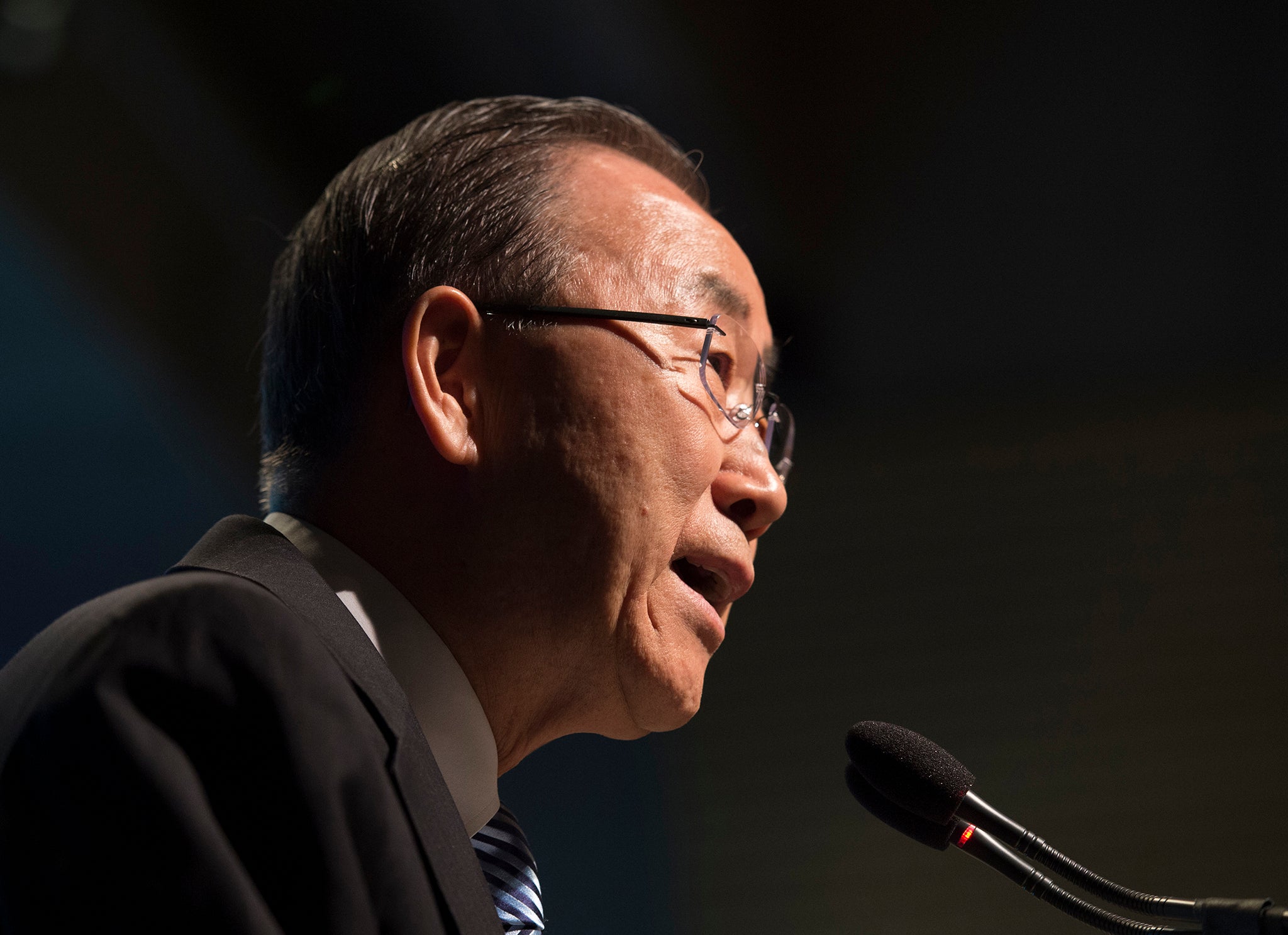
Among them was a recognised need to give greater control to local groups that were already doing much of the work and taking the brunt of the risk but were given neither credit nor direct funding to do so. It wasn’t only the local organisations that deserved more authority, the hiring practices within international organisations also needed a rethink. Tamburini said: “I don’t understand why I need to take someone from the US when there are tons of people who can do it in-country. You see this all over and think, ‘Are we just fulfilling our wish to help those who we think are helpless? Or are we expats adding value?’”
There were circumstances, though, where the international community’s presence was useful, mainly in situations of conflict, where they were seen to be neutral and to have broader reach and greater credibility to advocate for change. These realisations and distinctions ultimately coalesced into what’s known as the “localisation agenda”, with the tagline, “As local as possible, as international as necessary.”
I don’t understand why I need to take someone from the US when there are tons of people who can do it in-country. You see this all over and think, ‘Are we just fulfilling our wish to help those who we think are helpless? Or are we expats adding value?’
But by that time, the sector’s professionalisation had reached such a degree that in some ways it had become a barrier to its localisation attempts. “Before, I could write a programme proposal as I waited in transit from my flight home from Somalia to Kenya,” recalls Maalim of Action Against Hunger. “Today, I have to draft 20 annexes and agree to so many conditions. The demands are burdened with heavy bureaucracy and complex language, much of which local organisations can’t do.” In some ways, the technical reforms made it harder for people and groups without the necessary background or training to even break through.
But by the time of the Istanbul gathering, one major positive shift had taken place. Relief in the form of cash was growing in popularity, having a transformational if not threatening effect on the sector’s business model. By replacing jerry cans or water containers – which people didn’t necessarily need or want, and which were shipped from a warehouse in Denmark – with cash, aid recipients could make their own choices about what they needed now and what would help them rebuild their lives. Families could decide whether to buy kitchen utensils or send a child to school, whether to repair their roof ripped off by a storm or buy food. Needs were not uniform, and cash allowed people to decide on their own how best to meet them.
For a sector that clung to control and was structured around direct assistance delivery, it raised one very large question: if people could just buy what they needed, what role would there be for us?
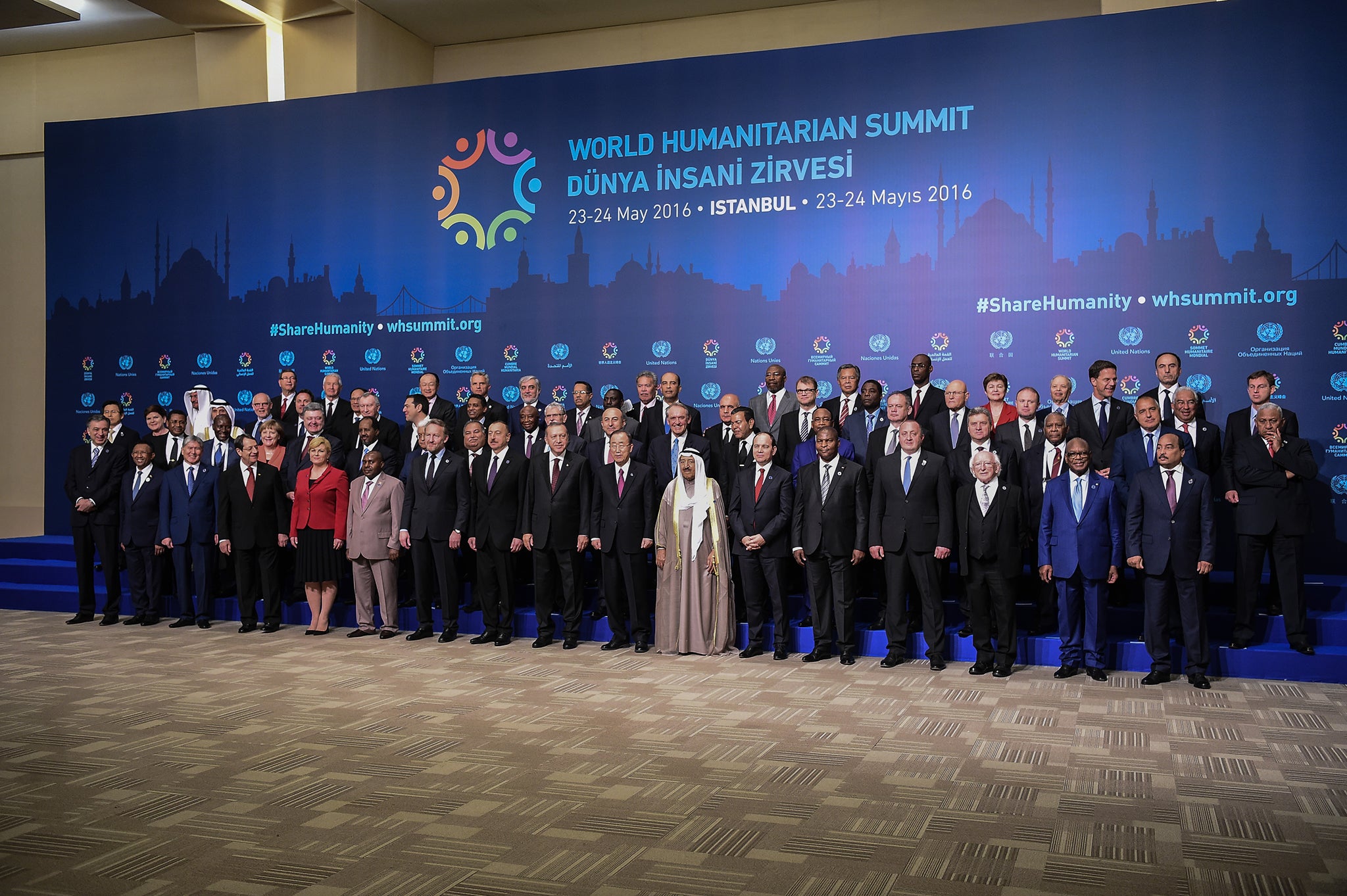
Key humanitarian groups involved in the 2016 Istanbul gathering picked up many of the “core responsibilities” and turned them into their own agendas, framed as a Grand Bargain between donors and implementers. The goal was to incentivise key changes, with an emphasis on “localisation”. Many who were involved in that gathering and the commitments that came out of it are today dismayed at how little the results lived up to the vision, some calling the exercise more ideology than reality.
At a minimum, the Grand Bargain was an acknowledgement that major change was needed, especially to ensure that a more locally led response would meet the next global crisis, which, as it turned out, would be the coronavirus pandemic.
2020, Covid-19
Forcing change
“The pandemic will change everything, and is forcing a ‘new normal’,” says Dr Nilab Mobarez, secretary general of the Afghan Red Crescent. She is concerned about many things – how children will be educated if they can’t go to school, how healthcare can be provided in areas where access is limited due to the ongoing war. “Will there be a total collapse of institutions in Afghanistan where a harsh recession is expected?” she worries. “We have to resist, and define new and practical ways that help locals build resilience to get out of this disaster.”
In other places, Covid-19 has forced the aid system to accept localisation. On 6 April, Cyclone Harold, the first Category 5 storm to make landfall since the pandemic started, hit the tiny Pacific island nation of Vanuatu, affecting nearly 160,000 of the country’s 300,000 residents. The island had successfully insulated itself from the pandemic, with no cases recorded. Before the storm, officials there insisted on a three-day quarantine of any relief supplies and banned foreign aid workers from entering the country. As the storm struck, the international community bit its nails on the sidelines.
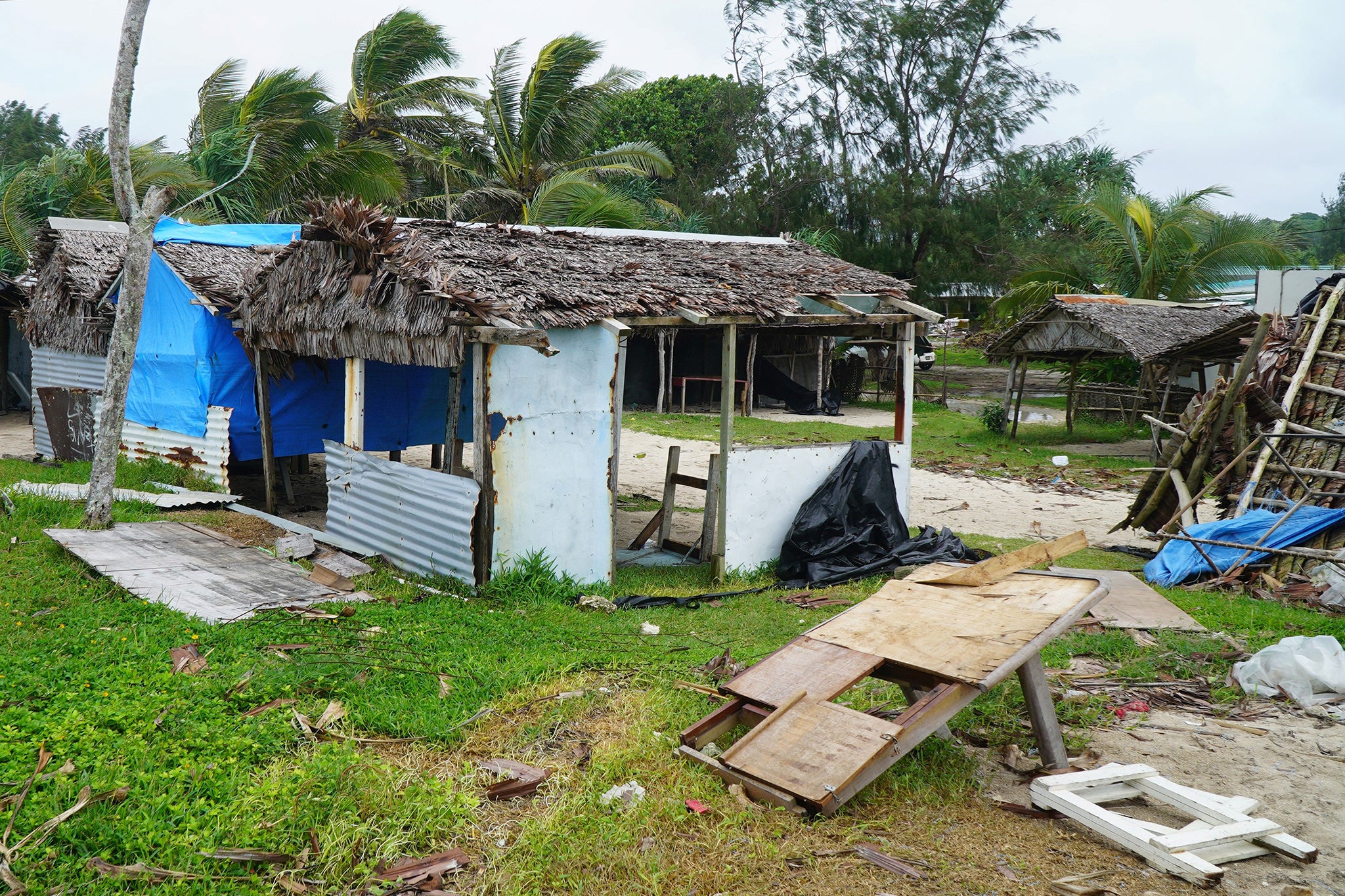
Although travel restrictions inside the country posed logistical hurdles in getting supplies to remote outposts, Jacqueline de Gaillande, the secretary general of the Vanuatu Red Cross Society, said: “Our people are empowered and are not waiting for people outside to help. We are doing it ourselves.” Local volunteers distributed hygiene and household kits, while international technical support and remote training via Zoom came from living rooms in Australia and Geneva.
Perhaps one of the most significant effects of all the changes over all these years – the professionalisation, the bureaucratisation, the lower risk tolerance – was potentially unintended: the sector was brought further from affected people, the people it was meant to serve. But eventually, in a way, that became the new goal: aid organisations would help create enough resilience within countries that they could then leave, and the next time the storm hit – as in Vanuatu – people in-country could rally together to take care of themselves.
The bureaucracy has developed a rigidity to shocks. I’ve gone through famine and war and crisis, and the system hasn’t changed much aside from some iterations to make it more ‘politically correct’
The new working arrangements of Covid-19 suggest that these shifts may have already started. A senior UN official told me he recently surveyed his staff about their job effectiveness while telecommuting during lockdown. He was surprised to find that despite not being able to physically meet refugees, his staff felt they could still do their work effectively – tens of thousands of families were still able to receive assistance, including emergency cash. What the situation seemed to reveal is that not only had seeing affected people – talking with them and listening to them – lost importance to some, but that staff were mostly behind their laptops anyway. Only some functions and services require face-to-face contact, usually best done by local providers – making it even harder to justify the presence of internationals.
Covid-19 may be exposing the moment when the large international groups have finally, perhaps by necessity, worked themselves out of jobs or repurposed themselves into new ones. For some crises, will anyone even notice that the big international outfits, or their staff, don’t show up or sit down for the cups of tea? Once their presence isn’t missed, will the sector be able to accept that?
The elephant in the room no more: power
Around the world, the pandemic has revealed and exacerbated existing inequalities. The #BlackLivesMatter movement has forced a global reckoning with systemic racism and power imbalances, and the humanitarian sector is not immune to these larger movements.
The problem with aid is the same problem the world faces in so many ways: the global economic and political systems, and therefore also the humanitarian system, are controlled by the wealthiest, most powerful countries. Despite good intentions and repeated commitments to be more accountable, share decision-making, and cede control, inertia has prevailed. The very language used to describe these shifts – localisation, engaging with communities, accountability to affected people – assumes maintaining the same power structures that have been there all along and, which history has shown, are impervious to change.
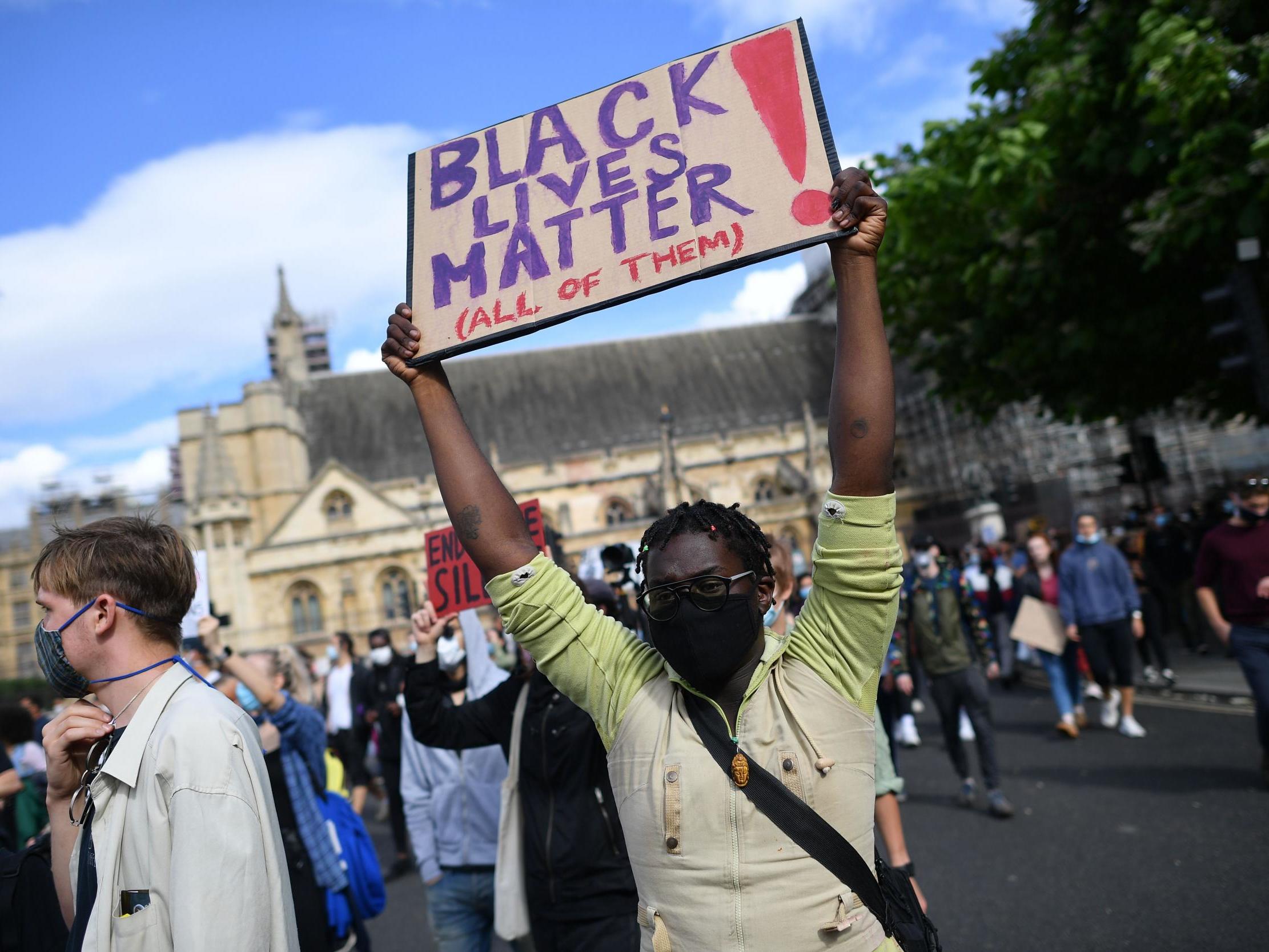
But maybe the expectations of the system are unrealistic for its current configuration. Aid was never set up to be anything other than a supply-driven model where rich gives to poor, rich knows what’s best for poor, rich saves poor. As Donini of United Against Inhumanity notes, none of this has changed since the Second World War. “The triad of [western] donors and UN agencies and NGOs still sets the stage and the terms,” he says.
Maalim, of Action Against Hunger, takes it further, saying: “The due diligence by donors before funding a project is to cast the local in its own image – do you have a bank account, do you have a risk policy, a website, an email address?” In other words, the aid sector extends an invitation to them to be like us, to take on our values, adopt our logframes and indicators, to implement our programmes based on our agendas.
Aid delivered by neighbours; local communities, mosques and churches; local governments; diaspora remittances; volunteers; and all sorts of others dwarfs that provided by the international sector, yet it is rarely acknowledged as formal aid. “At the end of Ramadan, each Muslim, including children, is required to give two-and-a half kilos of food to the poor each day,” Maalim reminds me. “That’s more than the entire food distribution of WFP [World Food Programme]. But there’s no recognition.”
For a long time, there was a sense that wealthy nations were immune to, or had successfully shielded themselves from, the horrors that befell other, less prosperous countries. If Covid-19 has reminded us of anything, it’s that powerful western countries are not only as vulnerable to catastrophe as any others, but that they are often ill-equipped and incompetent in dealing with them. As the world collectively experiences a crisis on a scale not seen since the Second World War, this shared fate may inspire us all to think and feel differently about the present and the future. As Yasser Saad, senior change management advisor for the UN’s refugee agency, UNHCR, says: “Our perspectives are more sensitive than usual. There’s a sense of an open wound in people’s hearts.”
Mobarez, of the Afghan Red Crescent, points to an outpouring of generosity, spurred by the global reach of the disease. “Everyone is attacked by the same enemy of Covid. The whole world is suffering. If you look at our Covid hospital, which will open next week, it’s very humble, but we want to create the capacity and infrastructure to treat people who will come, for free.”
The financial and technical support – from her colleagues across the International Red Cross and Red Crescent (RCRC) movement, from diaspora groups, friends near and far, has come readily. “In the face of adversity, we see flourishing solidarity. When I ask, they say ‘I will’.” she continues. “This is how, piece by piece, we can become resilient to crises like Covid and other disasters. This is the beauty of humanitarian action; it is by definition organic and its effectiveness remains localised.”
Perhaps this common emotional experience is what’s needed to commit to the kind of radical change the sector has so far been incapable of adopting. Some remain sceptical. “The bureaucracy has developed a rigidity to shocks,” says Maalim. “I’ve gone through famine and war and crisis, and the system hasn’t changed much aside from some iterations to make it more ‘politically correct’.”
But others, like Aarathi Krishnan, a strategic foresight consultant who recently supported the RCRC movement’s global strategy process, say now is the time. “It may require more uncomfortable conversations about what types of aid are now needed and whose vision of aid will prevail,” she says. “But we are at a crossroads. For all these discussions on what is the ‘new normal’, this is the opportunity to reframe ourselves. If we don’t do it now,” Krishnan warns, “no other reform agenda will matter.”
As fresh ideas on reimagining aid swirl through Zoom meetings and online conversations, webinars and op-eds, blog posts and tweets, the moment is filled with thrilling potential. Although the “test” that Guterres was referring to back in April was most likely whether the world could handle the more tangible challenges of Covid-19, humanitarians have the opportunity to seize the challenge another way – as a chance to reshape the current multilateral system, perhaps even from the bottom up. It may no longer be a choice.
This article is co-published with The New Humanitarian, an independent, non-profit media organisation marking 25 years of reporting from the heart of crises. The New Humanitarian has launched a new series, Rethinking Humanitarianism, to examine the past, present and future of crisis response
Join our commenting forum
Join thought-provoking conversations, follow other Independent readers and see their replies
Comments